|
The Padule di Fucecchio is the largest Italian swamp. Containing about 8 square miles, it is located on the border of Pistoia and Florence provinces. The territory represents a remarkable tourist attraction, for both bird watching and nature photography and is a draw for local duck hunters.
 If you love flowers, especially flowering vines, then Italy is the place for you. The flowering season is long and dazzling displays are everywhere, from the northern regions all the way down the Boot to Puglia, Sicily and Sardinia. Early spring is best to see the wisteria displays, but don't worry, there are many types of flowers that grow all through the season, such as the amazing tropical bougainvillea. The grow up and around houses, seemingly in an attempt to swallow them up completely. The balcony gardens are another pleasure to see when Voyaging throughout Italy. So, bring your camera, your pastels or watercolors and take in the scents of Fioritura Italia... You may also want to see Creating a Hanging Italian Wall Garden. --GVI
During these days of uncertainty, fear, frustration and fatigue, it's often the little things that bring a smile to our faces... In this case, I was sitting down for a midday snack, mindlessly peeling a clementine as I was tuning into a YouTube travel video, when I looked down and saw I had peeled the skin into a perfectly beautiful star.
Look for the little things and build from there. Hoping you are all well... --Jerry Finzi One of the world’s oldest olive trees, photographed under the stars, is in Puglia. It is shown here, as captured by photographer Beth Moon in her Diamond Nights series. Some olive trees have survived more than a thousand years. One such tree, on the Greek Island of Crete, is estimated to be between 2 to 3 thousand years old. This tree may be somewhat unique in that at the top of the trunk there appears to be the image of a man face, with two prominent eyes, a nose and a rather large mouth. --Anthony J. DiLaura, GVI Contributer You might also be interested in...
Ancient Olive Trees - Slide Show Our Favorite Things Made from Olive Wood L’Ulivo Pensieroso: The Pensive Olive Tree All About Italian Olive Oil: The Good, the Bad and the Amazing... Video: How Olives are Harvested and Made into Olive Oil Treating Your Olive Oil with Love and Respect 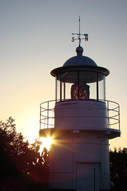 Castello di Ruffo di Scilla (also known Ruffo di Calabria castle) is an ancient fortification, originally built during the 5th century BC, and located on the Scillèo promontory, looking out over the Strait of Messina. The castle is in the town of Scilla, about 20 km north of Reggio Calabria. The castle also houses one of the Navy lighthouses, the Scilla lighthouse. 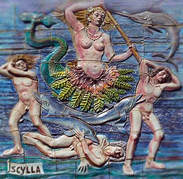 Mythology tells us that Scilla was a beautiful young girl, daughter of Niso, who was King of Megara. She was loved by the marine god Glauco, and transformed by a wizard named Circe into a monster with six heads of ferocious dogs who devoured sailors passing through the Strait of Messina. Due to the unpredictably strong currents, the Strait of Messina had always been feared by ancient mariners. It is said that Tyrrhenian pirates were first to settle this coastal area in 493 BC, but others claim it was already settled during the time of the Trojan Wars in the 12th century BC. Built by the Dukes of Calabria, the Castello di Ruffo costs a mere €1.50 to tour, overlooking the Marina di Scilla and its wonderful pebble beach. The beach-front in summer is frequented by tourists and surrounded by hotels and restaurants. Because of its location in the Straight of Messina, the waters are typically very warm. As such, the fishing in these waters are world renowned for catching Pesce Spada, or swordfish and the Castello contains many exhibits about what it takes to catch this elusive great fish. --GVI
When I Voyaged throughout Puglia, it became obvious that the Olive Tree is king here--and has been for thousands of years. There are more ancient olive trees here than anywhere else in Italy, many of which are hundreds of not thousands of years old. What is intriguing about these gnarly giants is their bizarre, fantastical shapes, often twisting and turning about themselves, even when the interior of the tree is gone, they continue to live.
One can regard the resulting shapes as one does when finding animals and babies in passing clouds... but these shapes aren't going anywhere. This particular olive tree was given the name L’Ulivo Pensieroso (the Pensive Olive Tree) by photographer Michele Grecucci. What is he thinking after living on this Earth for over 500 years? Is he forlorn about the loved ones and neighbors he has lost over the centuries? Does he miss the children who used to play at his feet? Is he worried about the future with blights, wars, drought or fire? Is he simply pondering, worried, concerned or trying to unravel a problem of the ages? Perhaps we'll never know... The photo was captured near Ginosa, Puglia but in order to retain the olive grove owner's privacy--and to protect the tree from damage--Grecucci is keeping its precise location a secret. Grecuci's photography captures the essence of Italy and being Italian. I highly recommend taking a tour of his work. To see more of Grecucci's creations... Facebook: Michele Grecucci Website: Michele Grecucci Photography Instagram: @michelegrecucci. Pizzomunnoin - Vieste, Gargano, Puglia
Before and After Snow |
Categories
All
Archives
January 2024
|

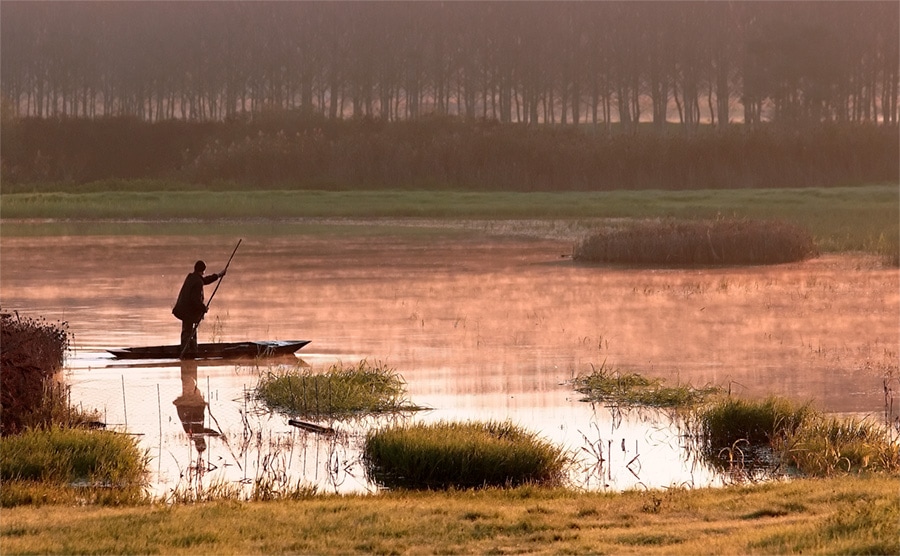
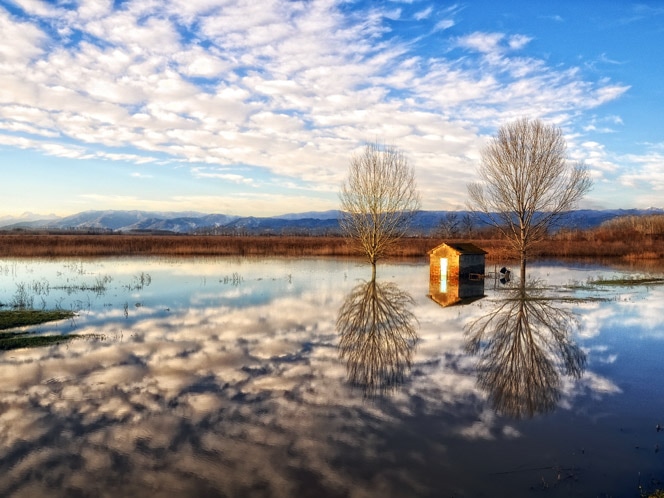
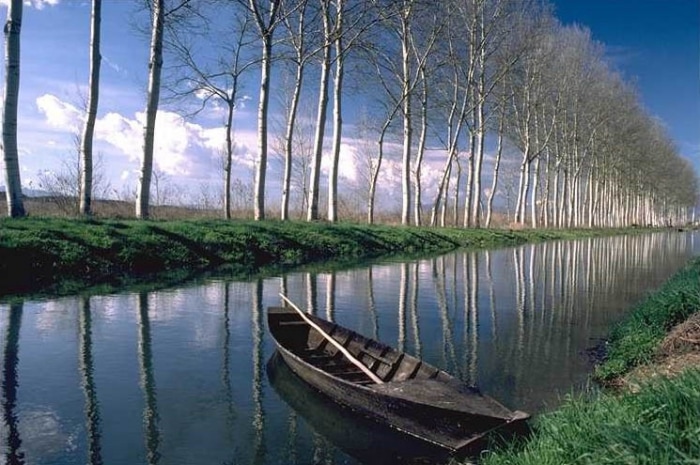
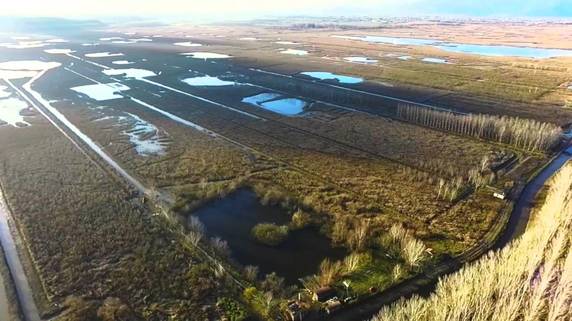

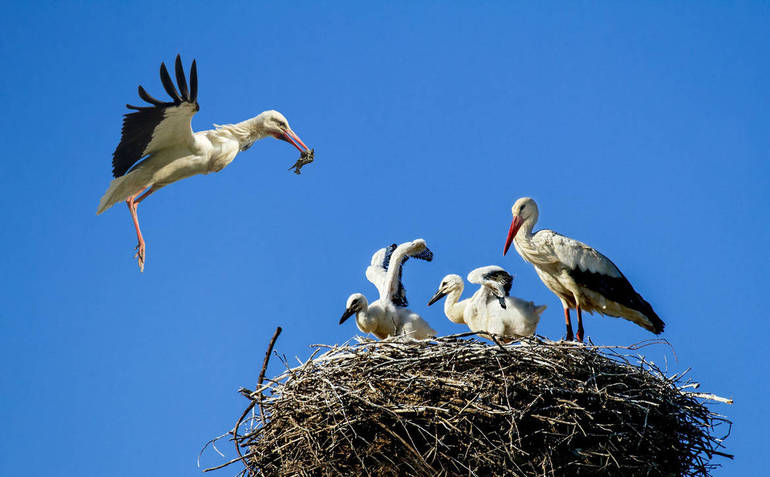

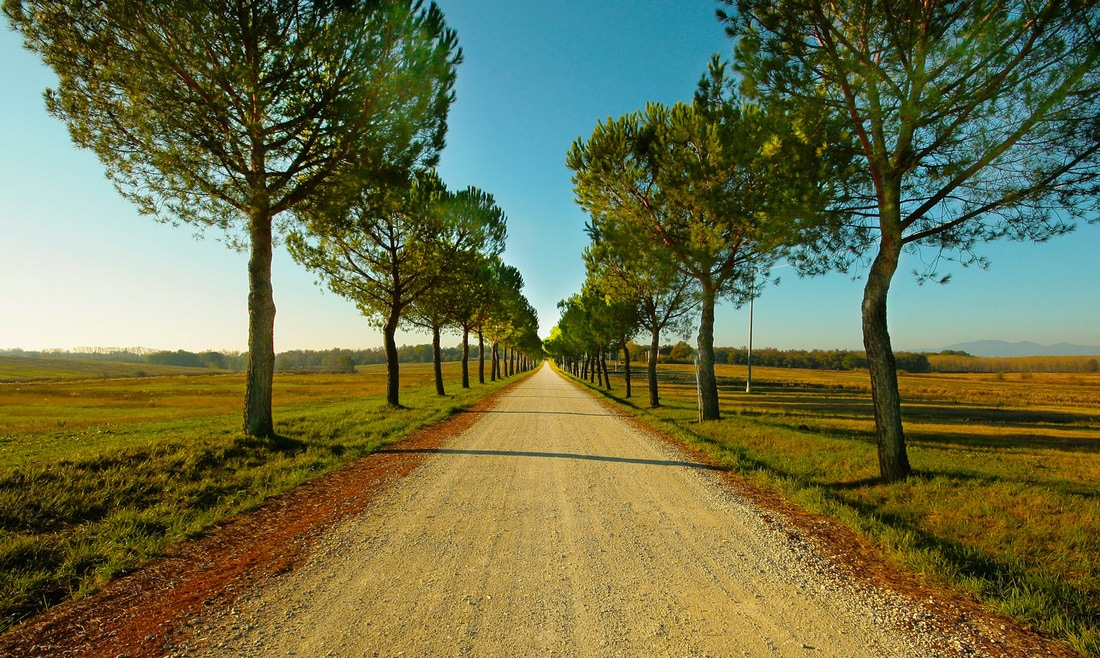
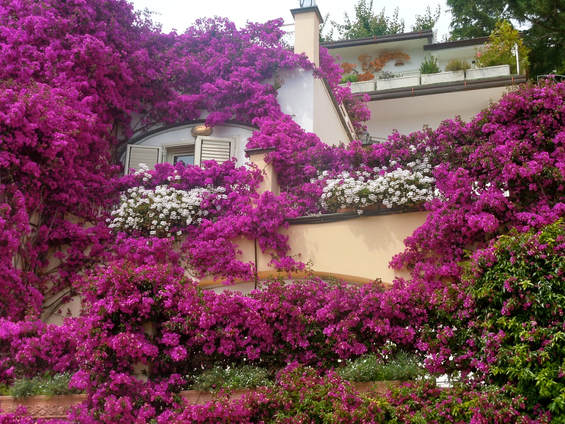
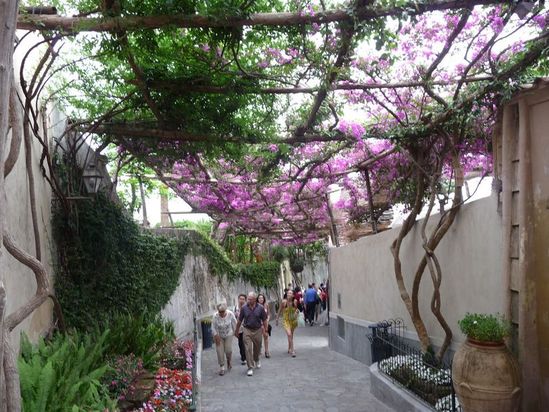
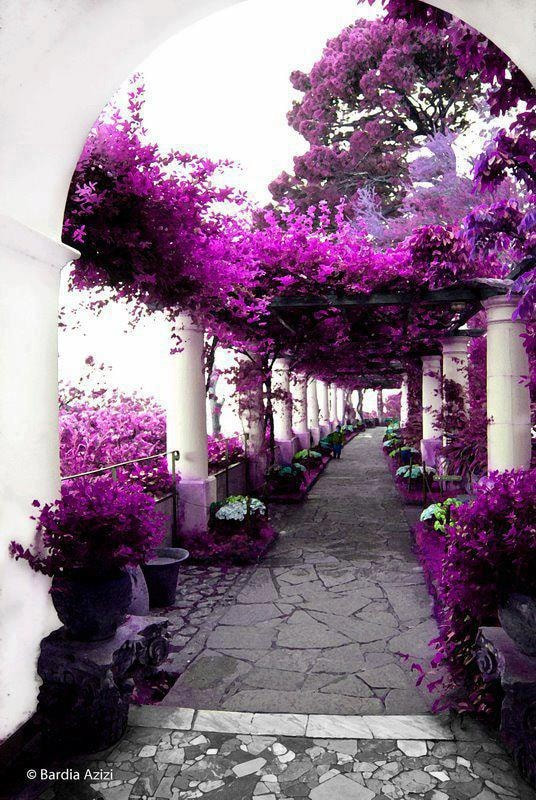
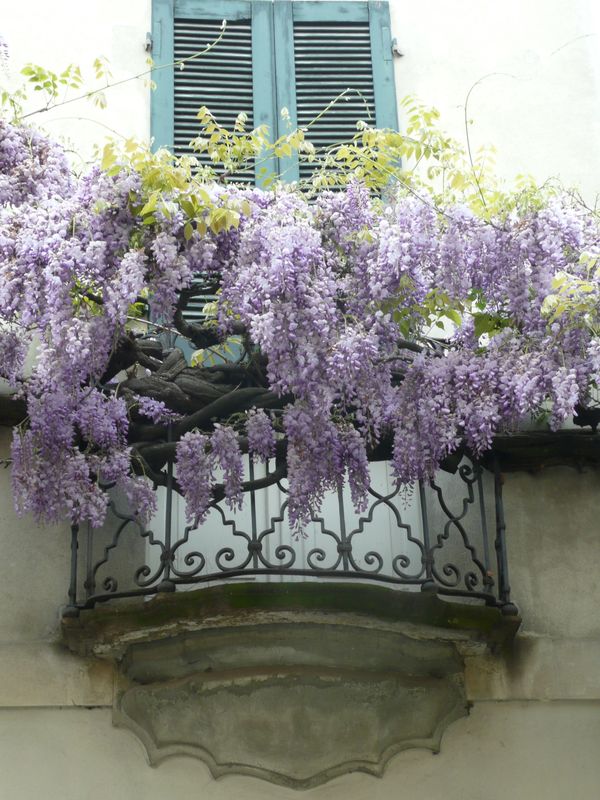
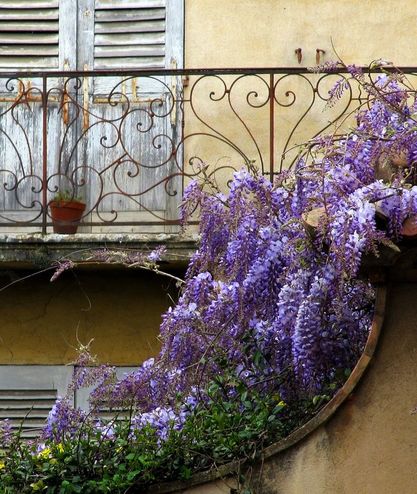
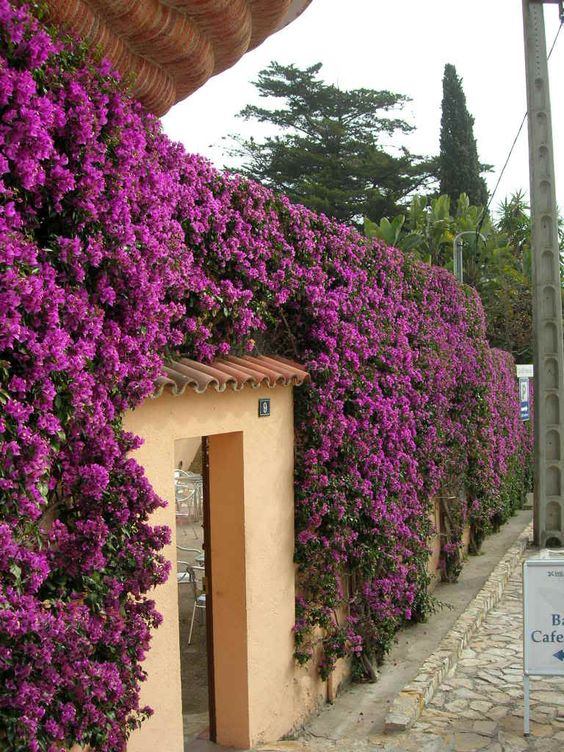
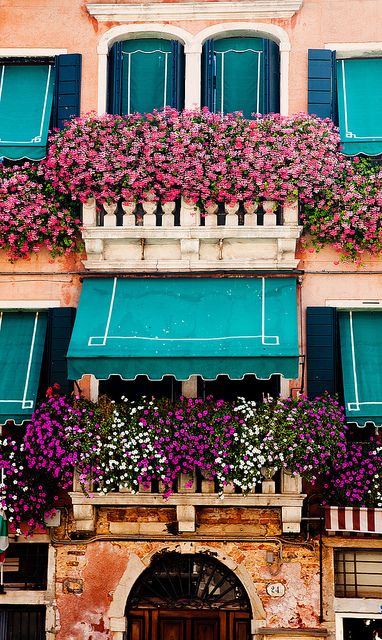
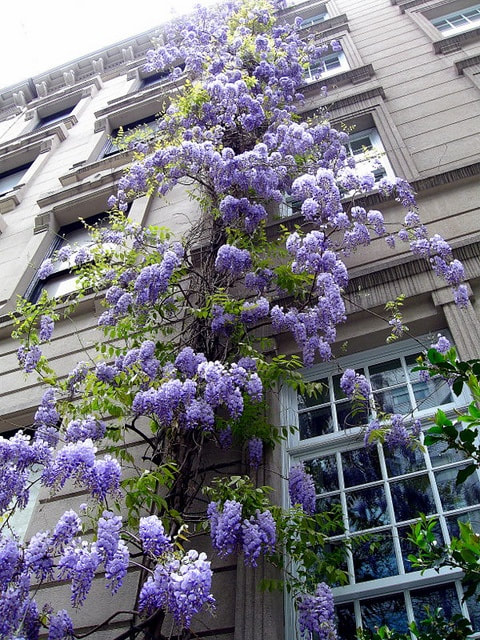
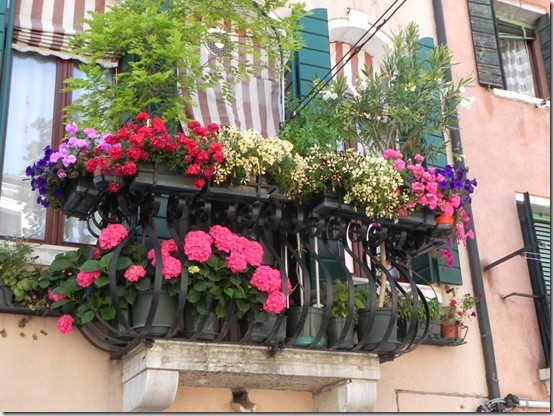
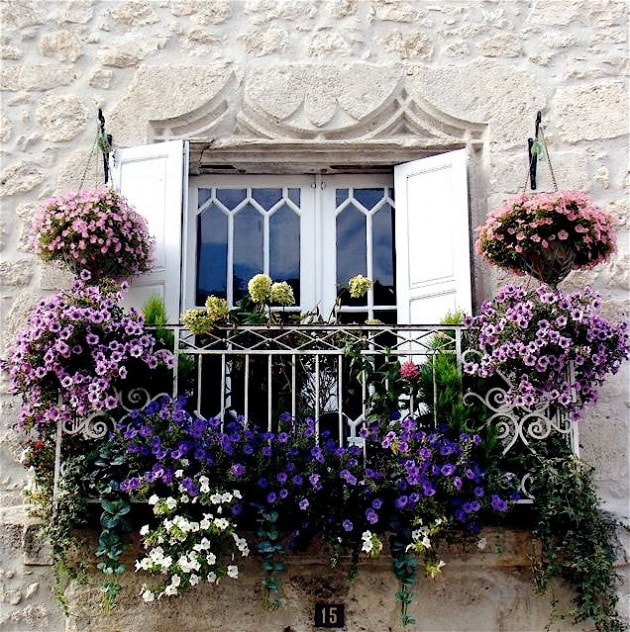
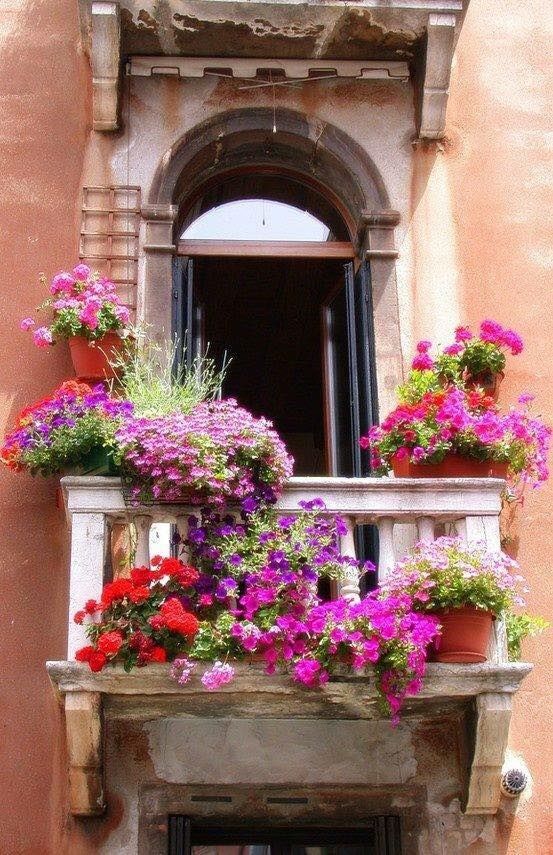
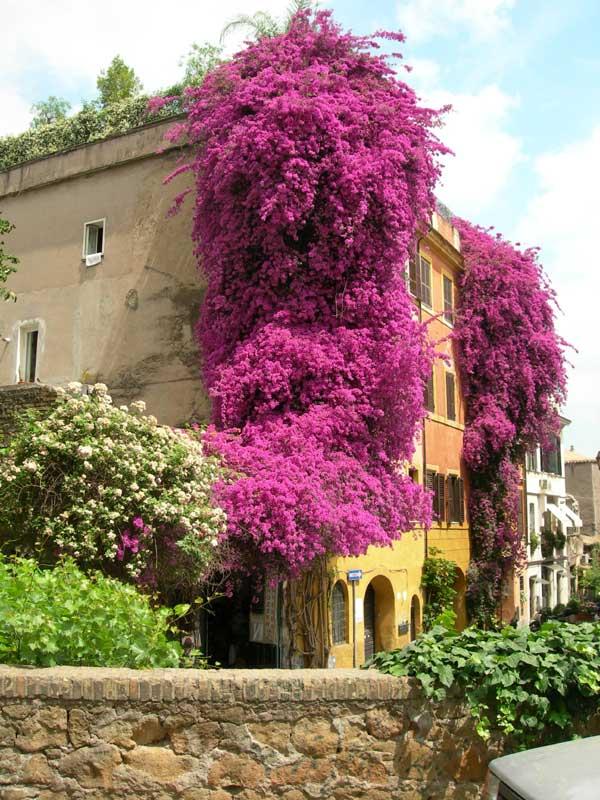
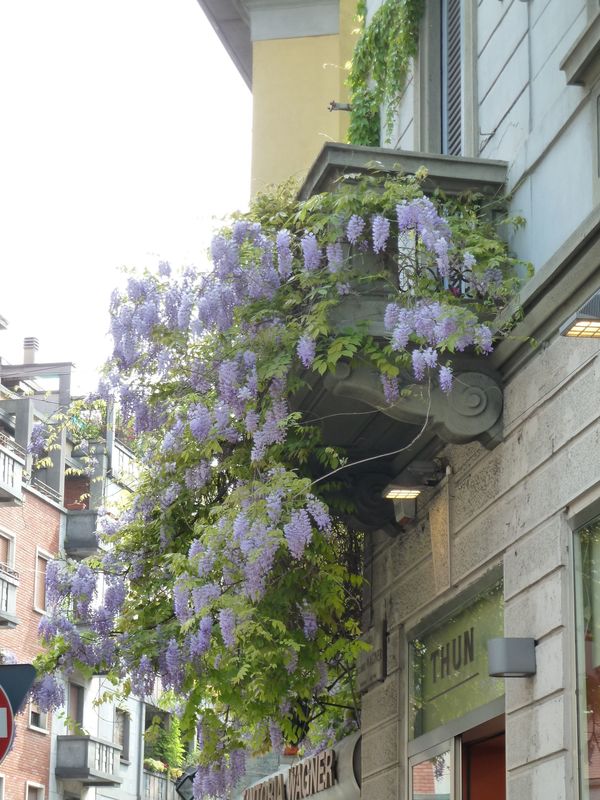
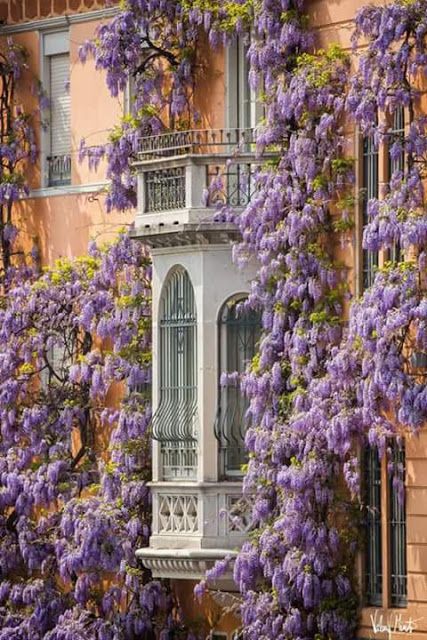
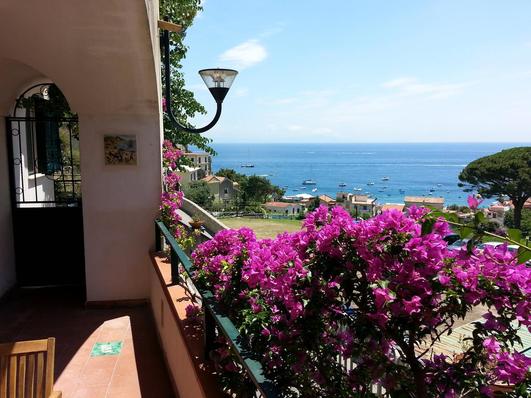
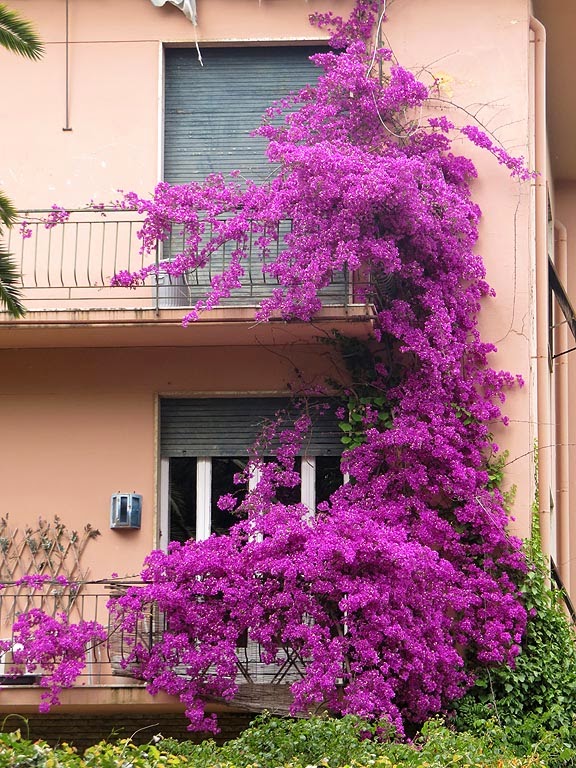
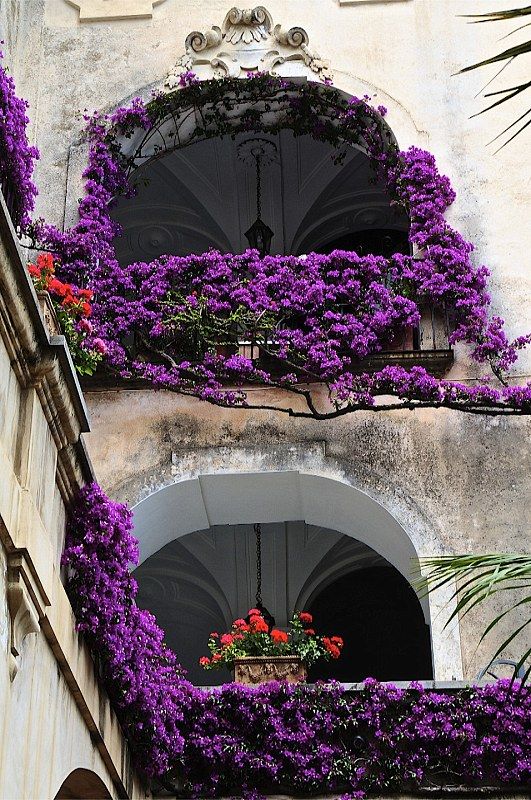
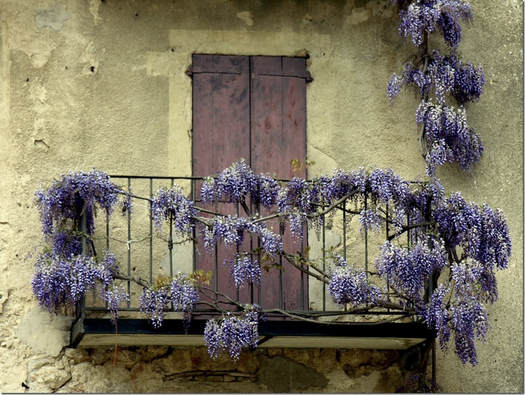
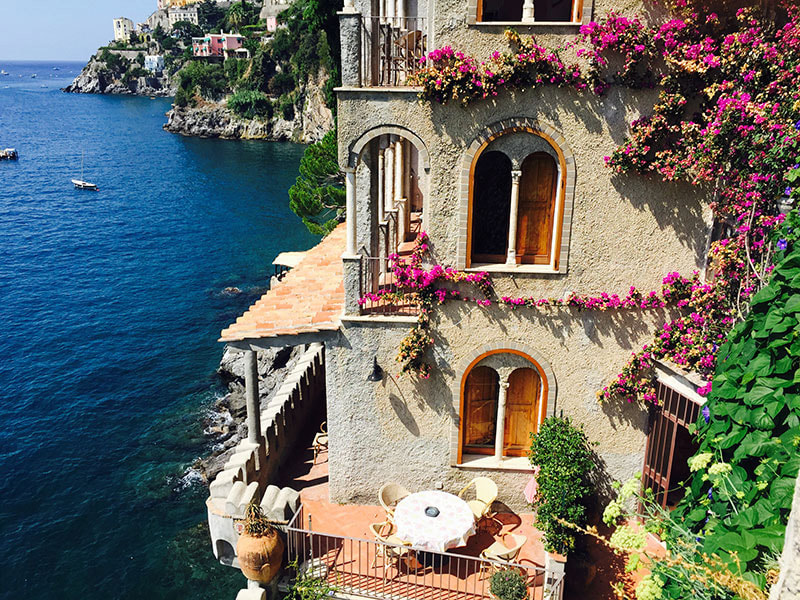
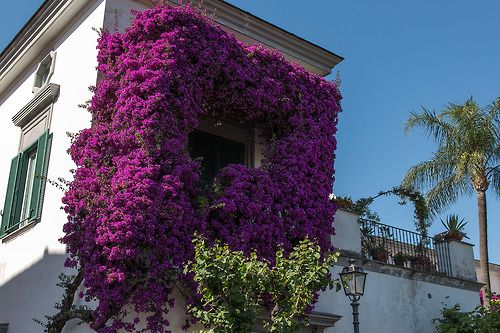
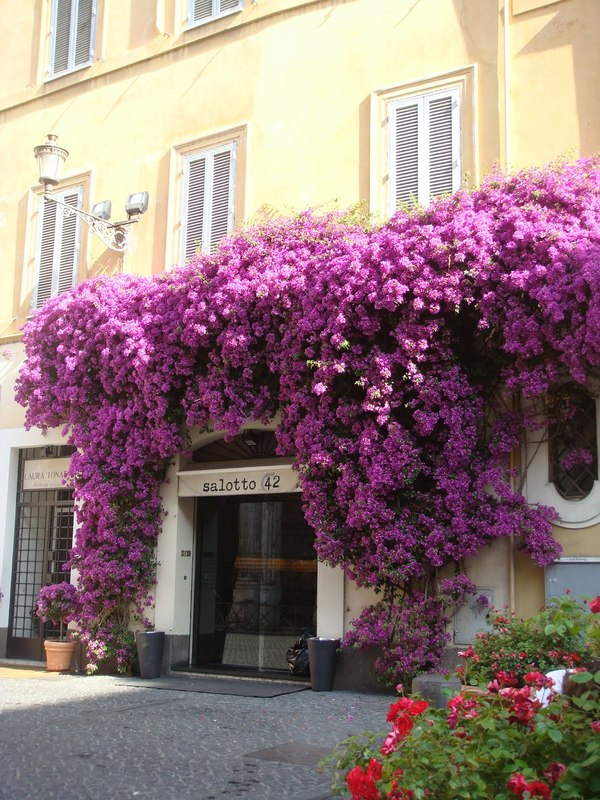
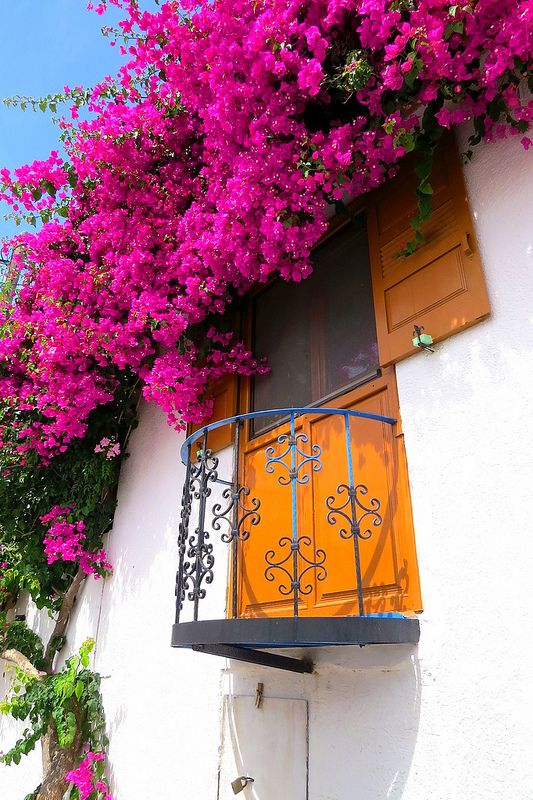
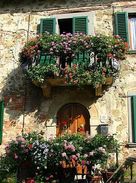
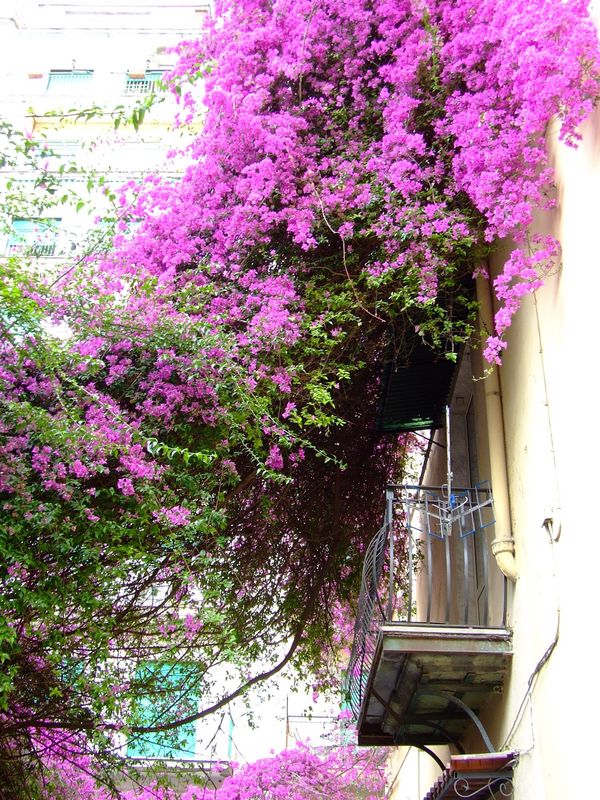
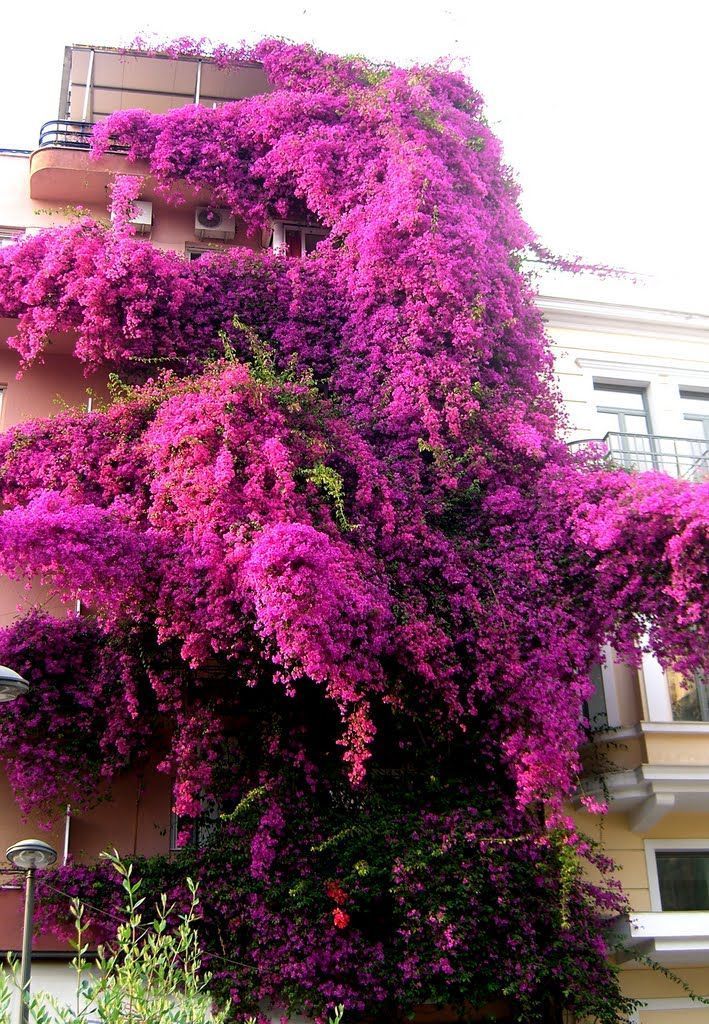
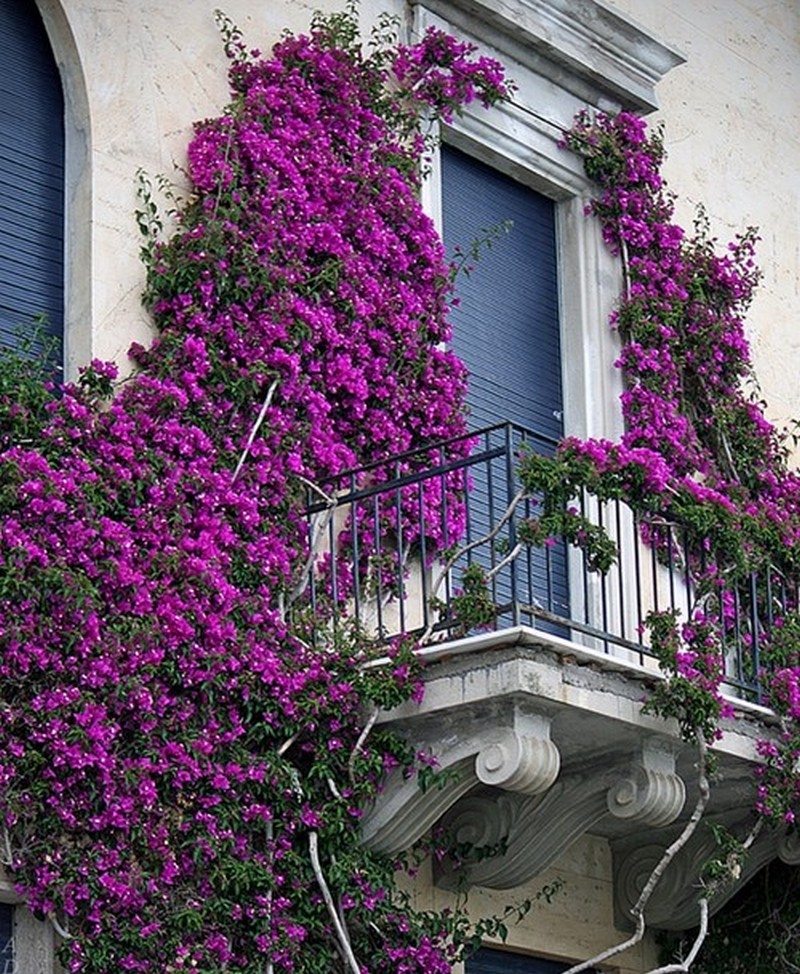
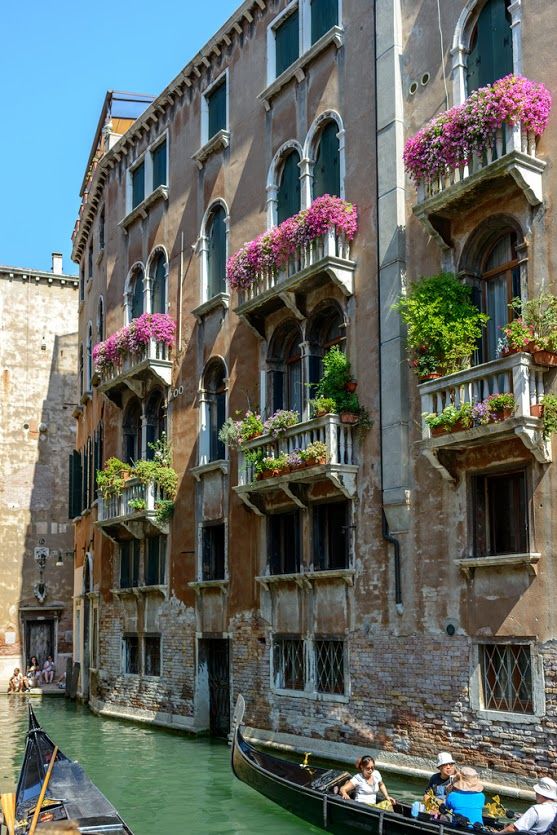

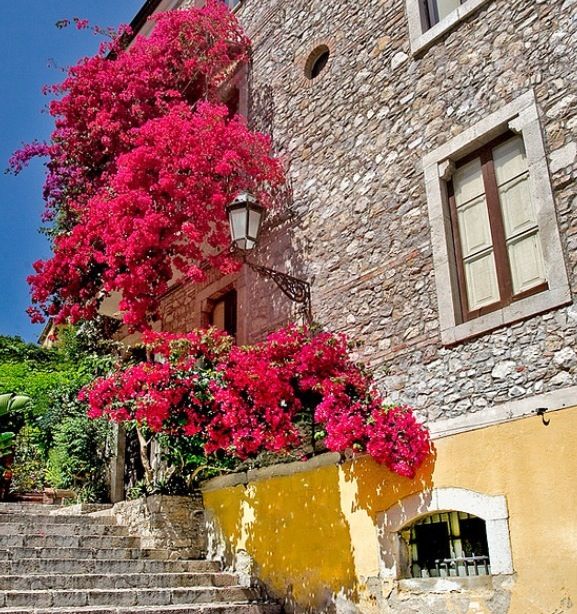
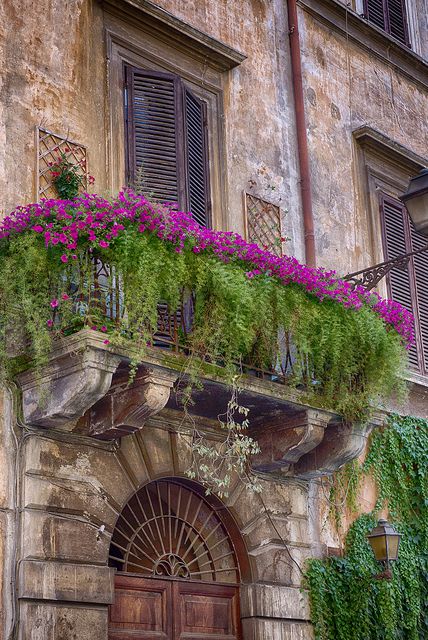
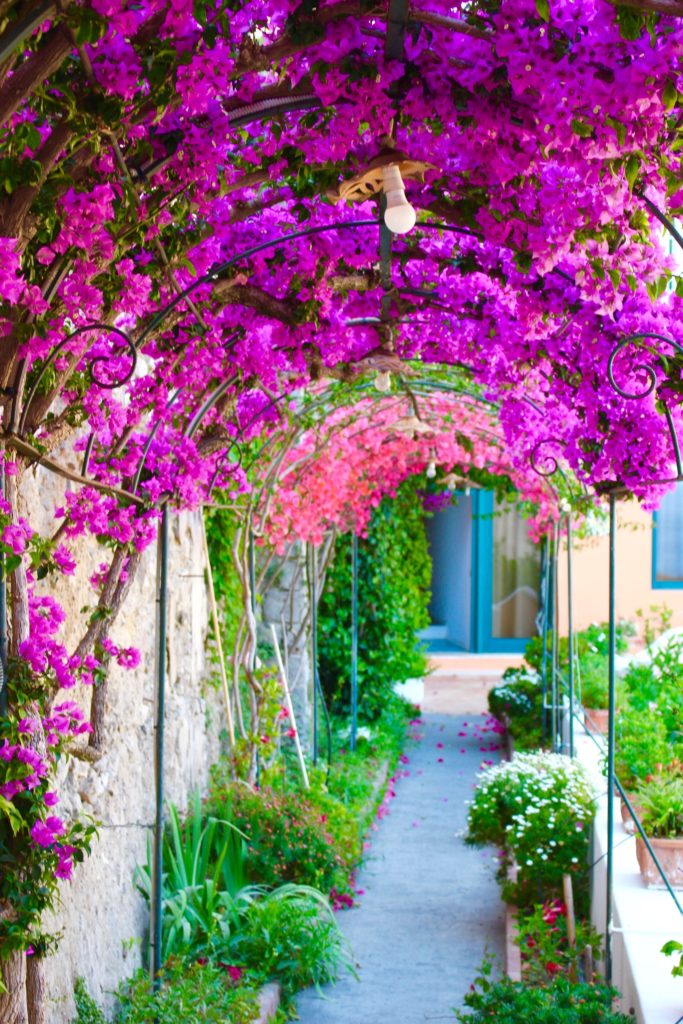
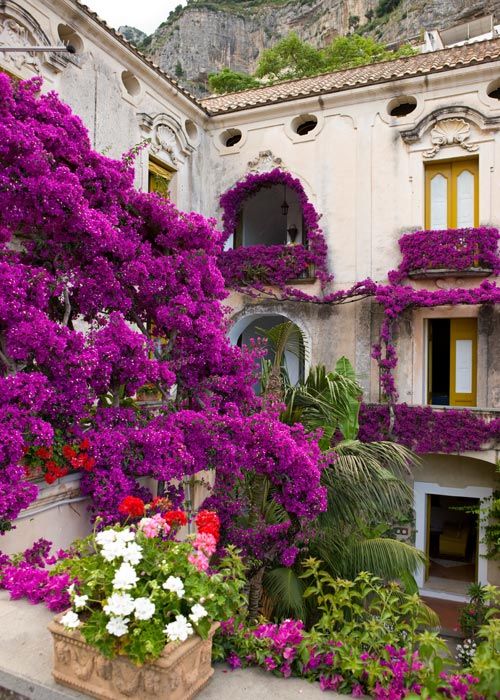
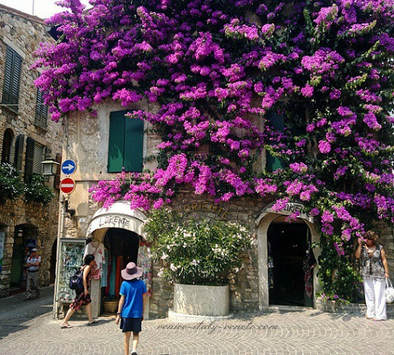
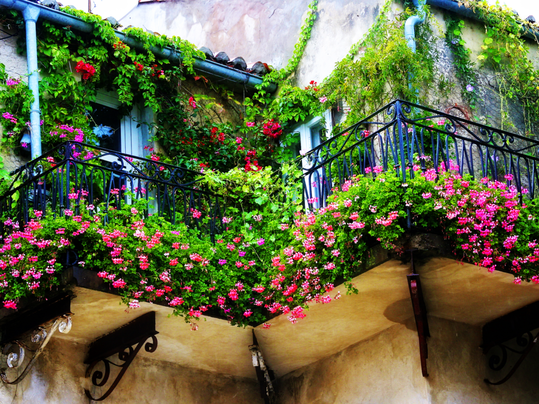
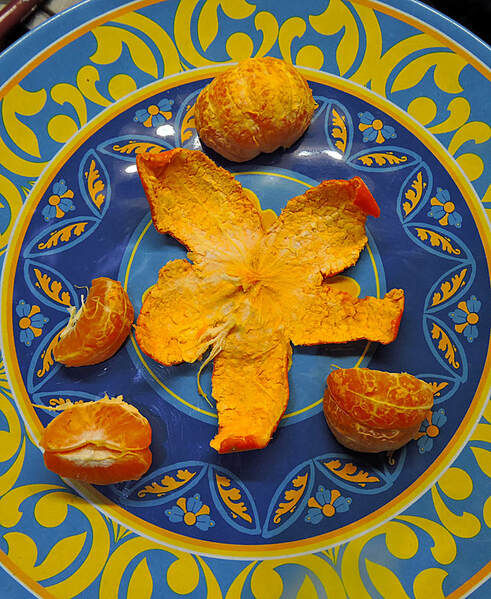
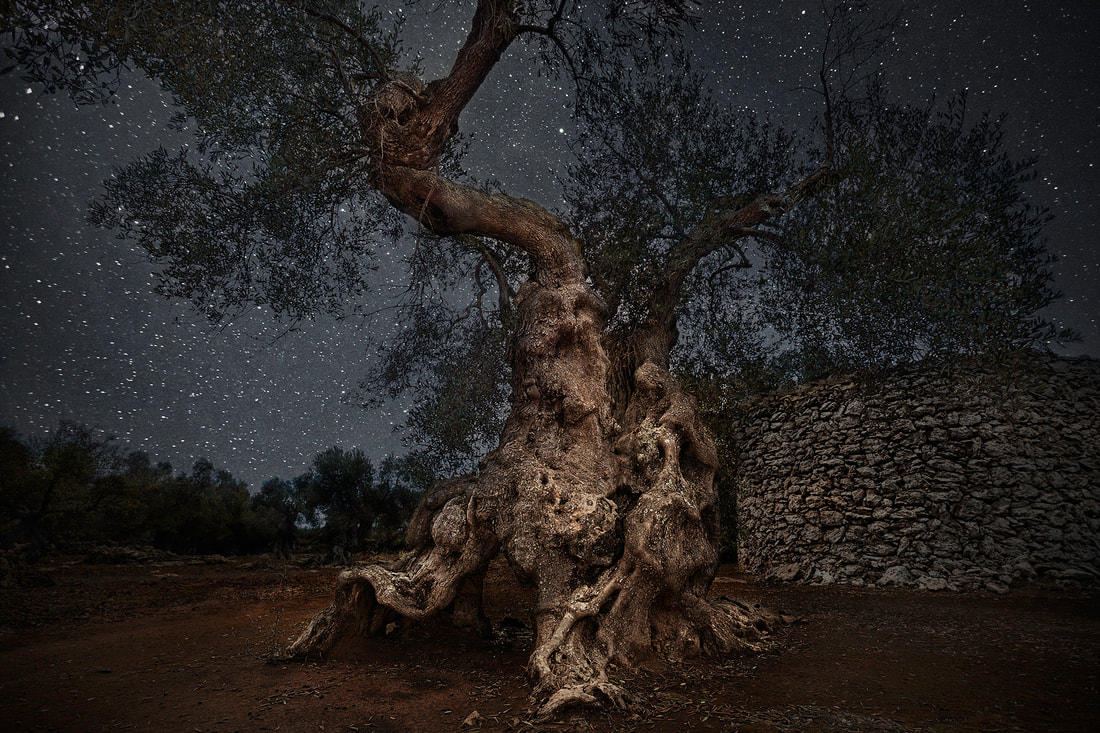
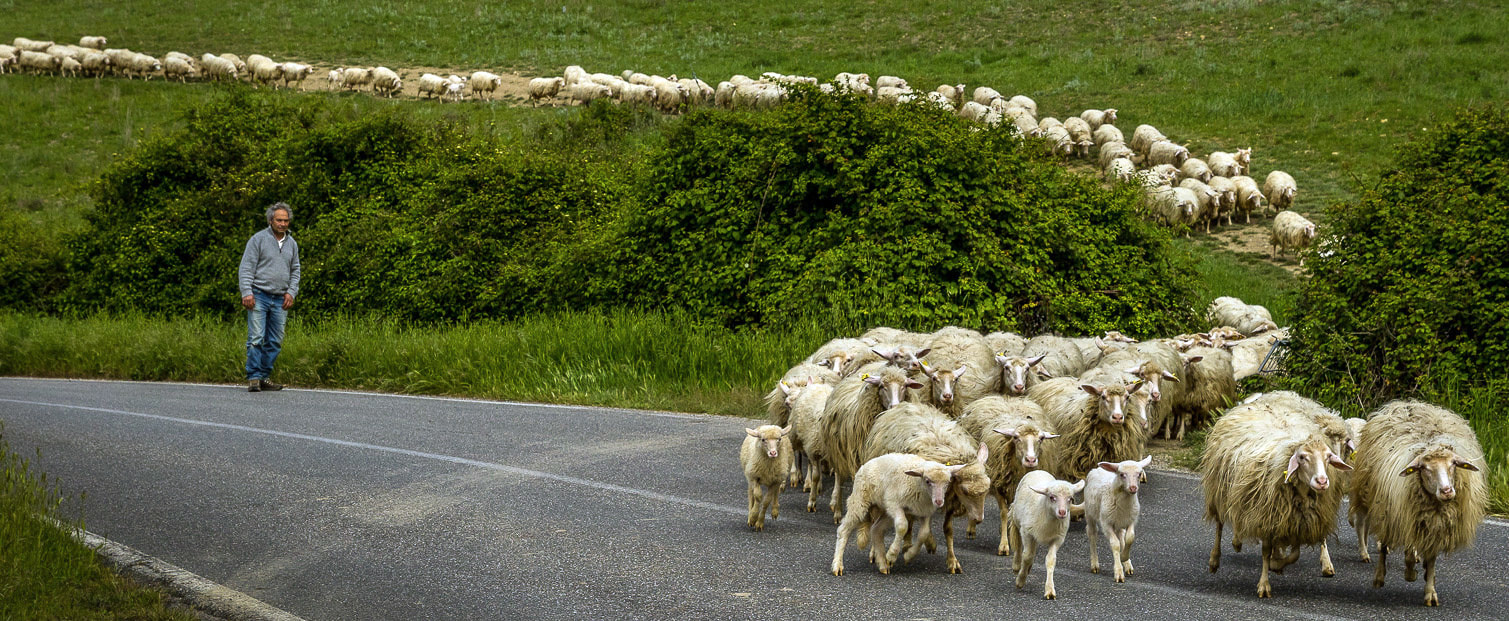
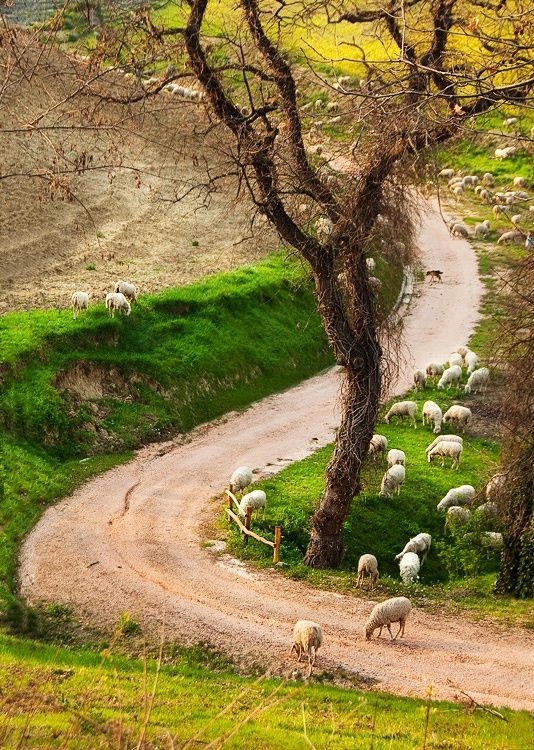


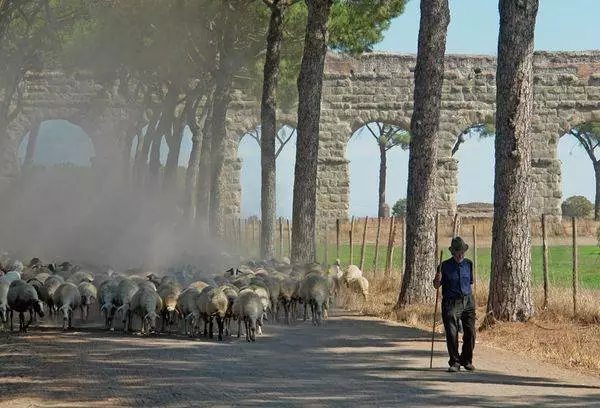
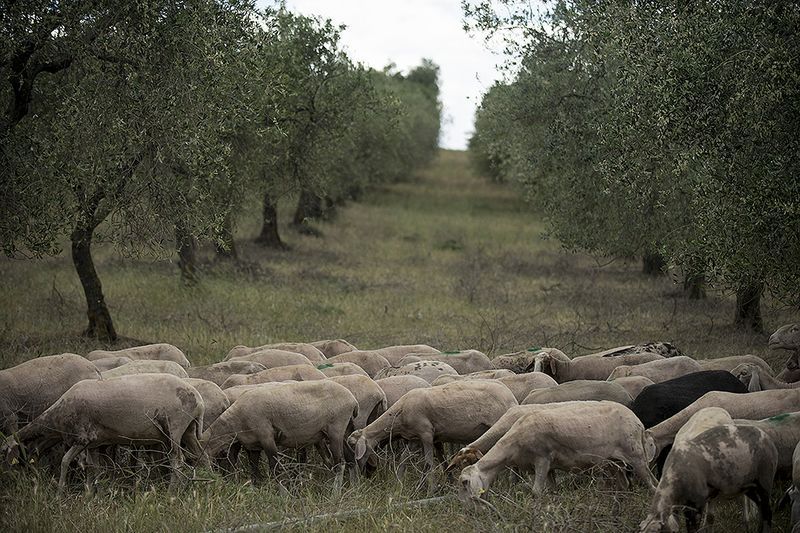
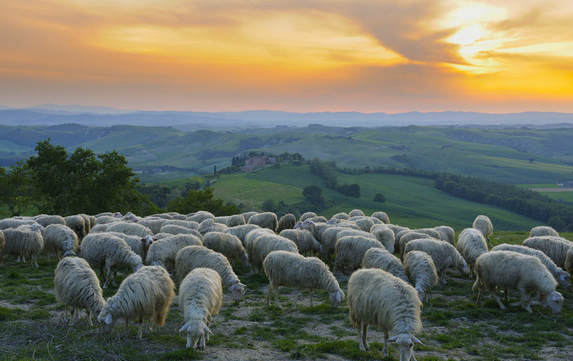




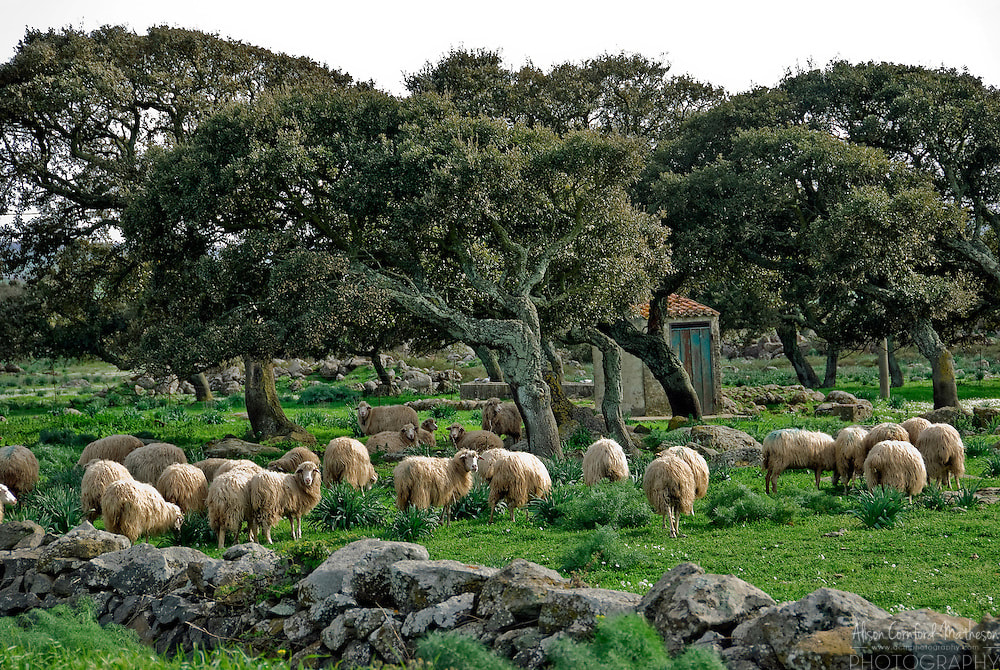


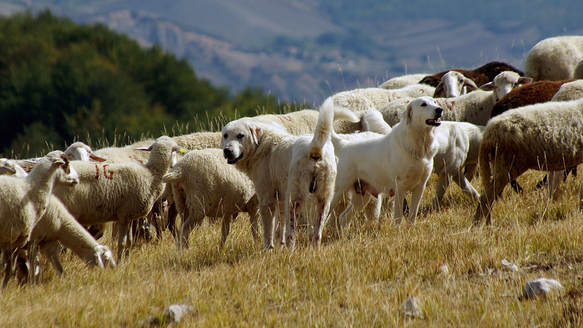

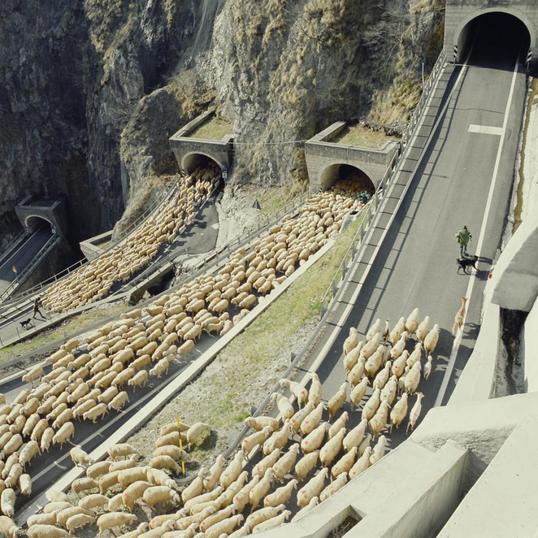

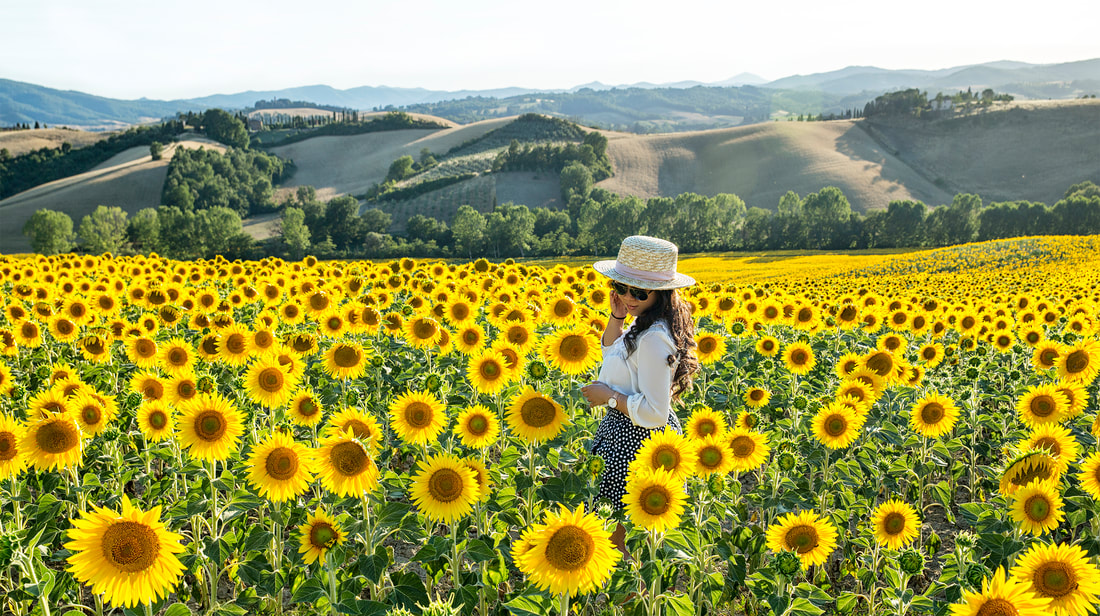
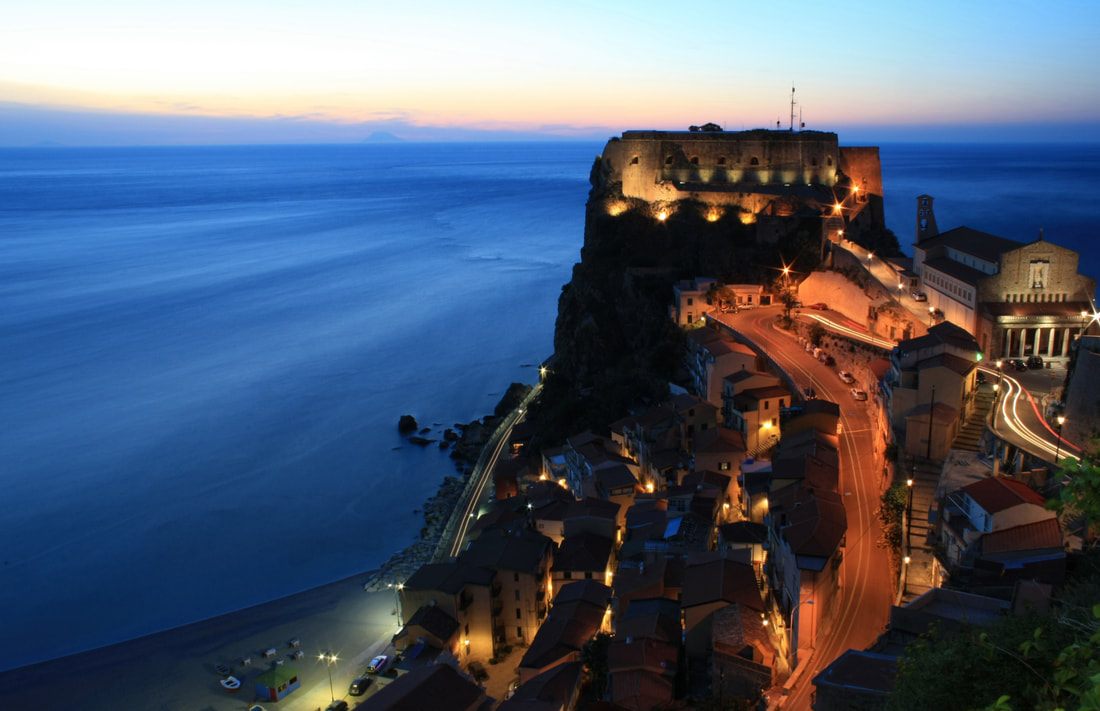
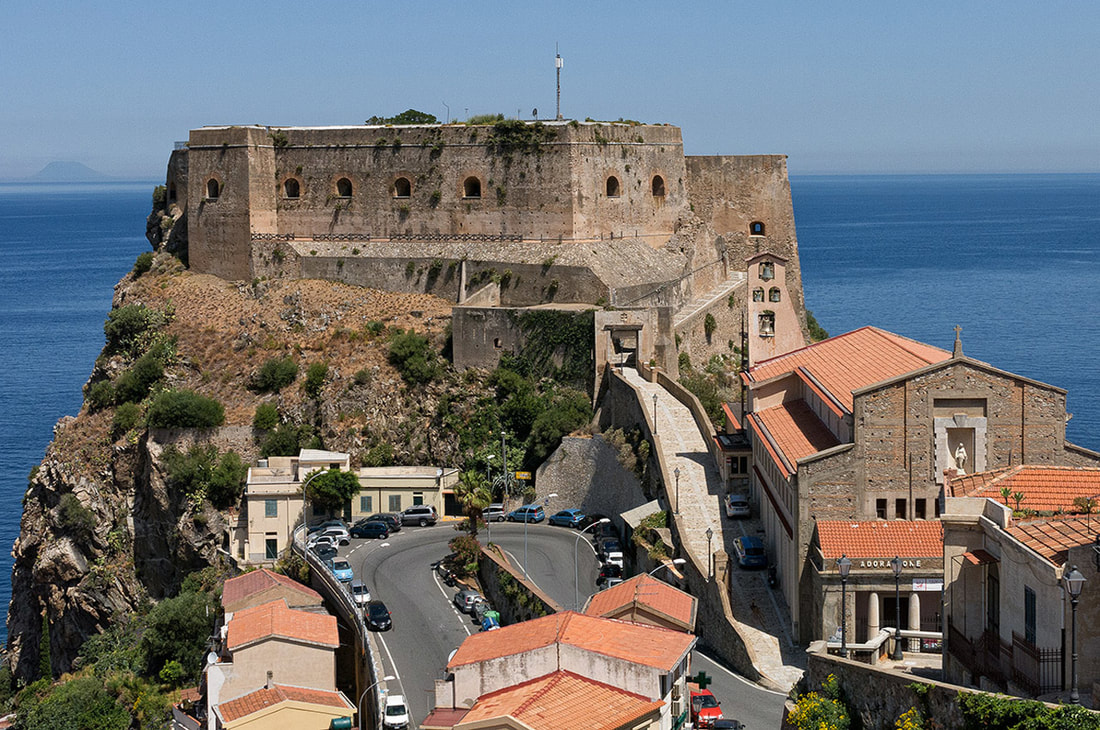

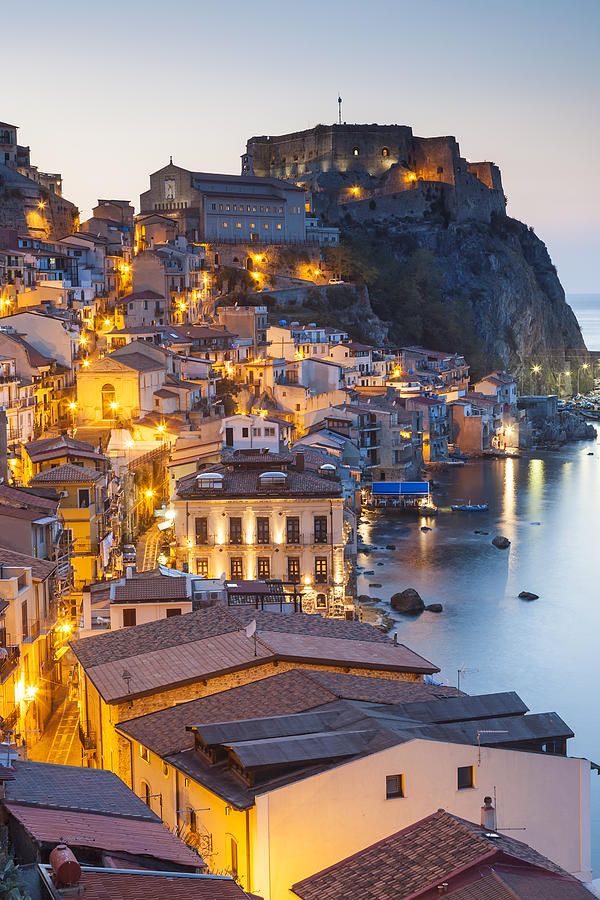
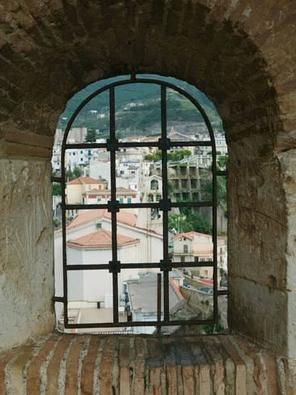
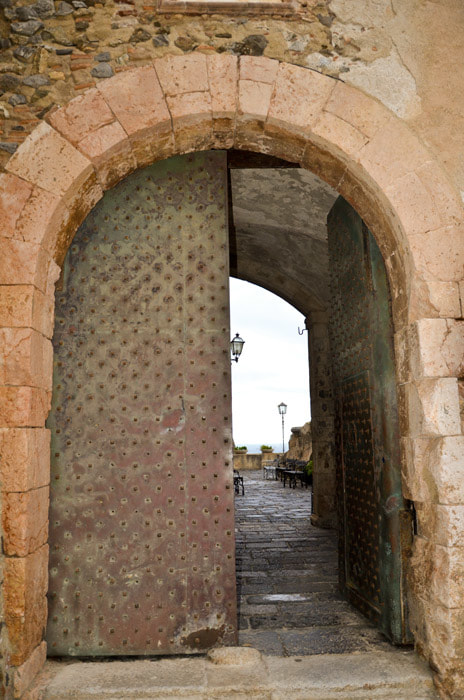
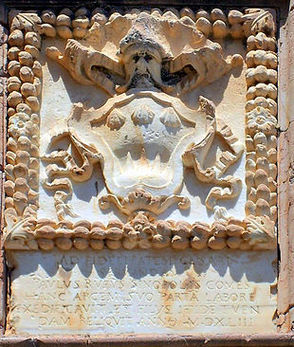
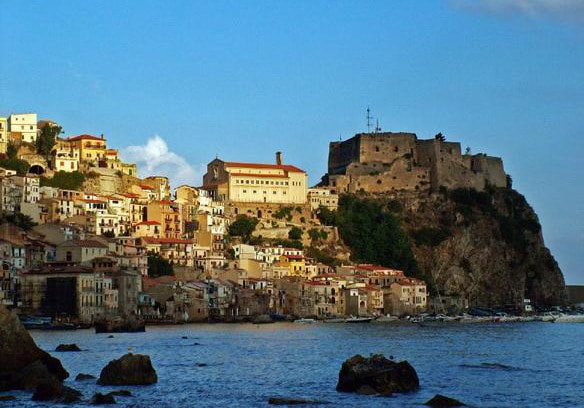
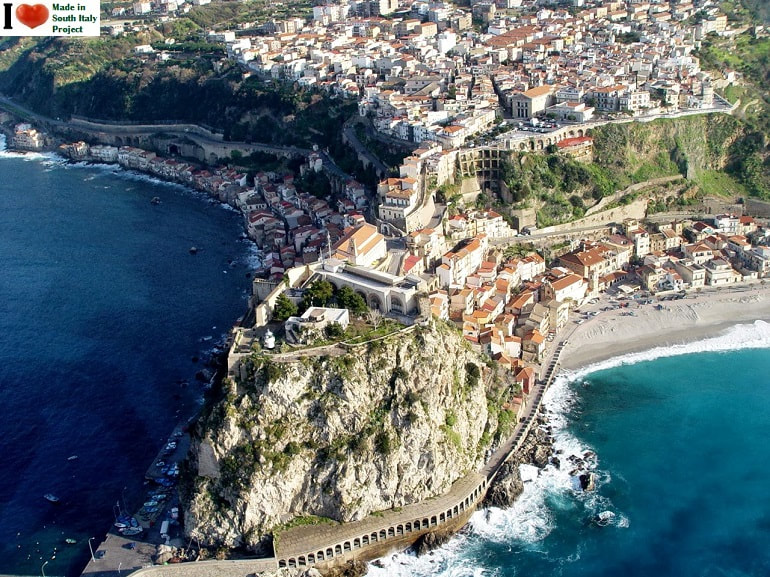
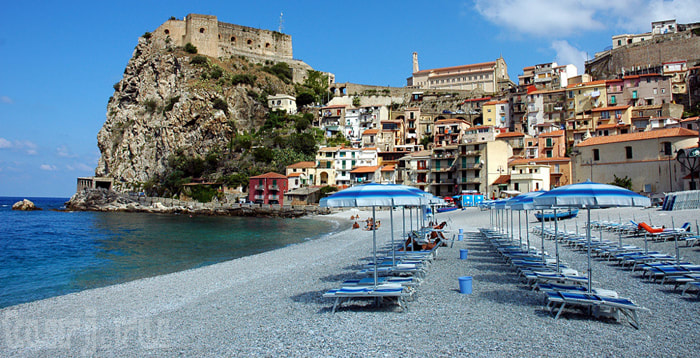
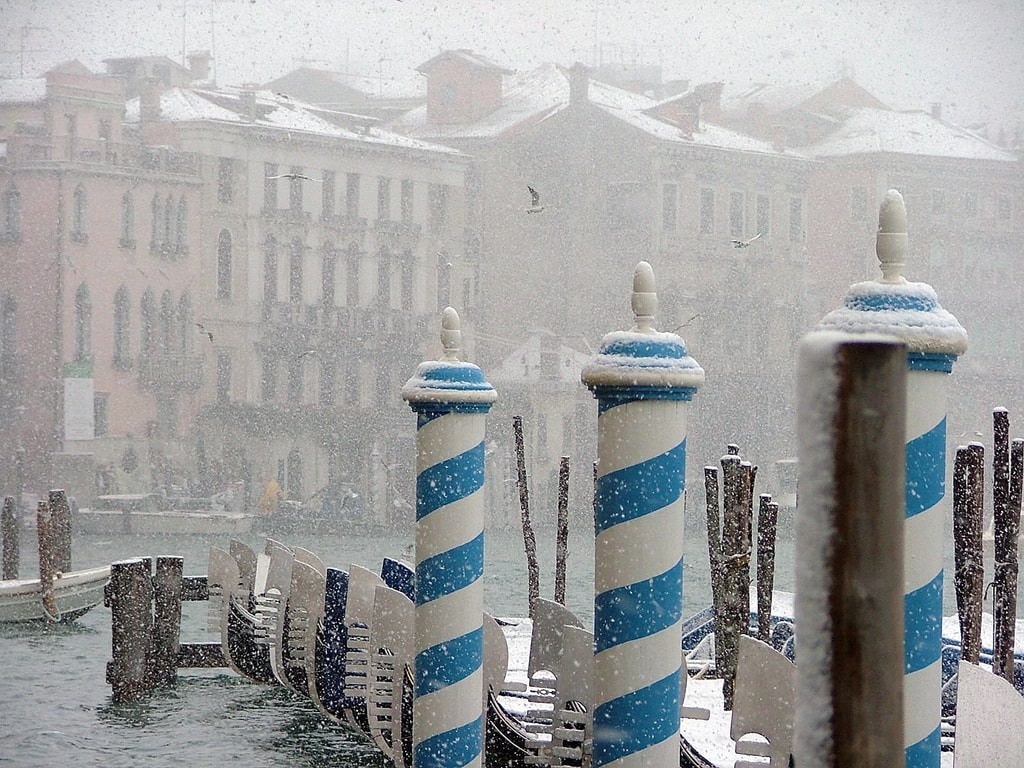
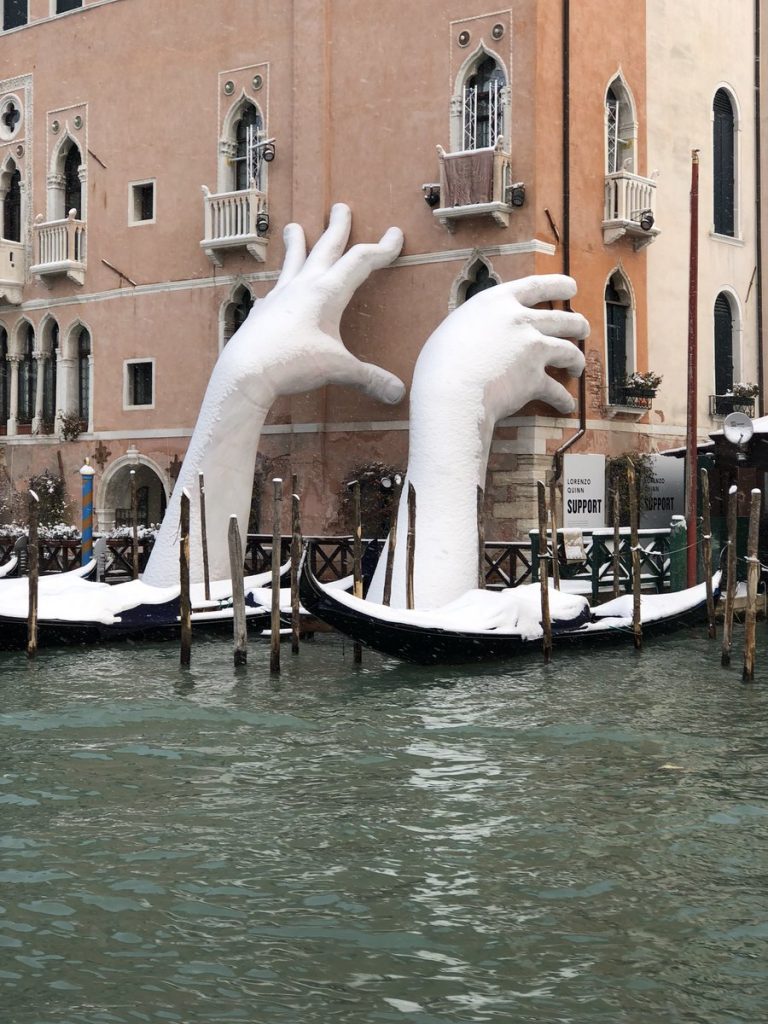
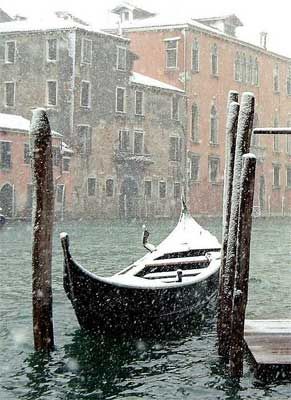
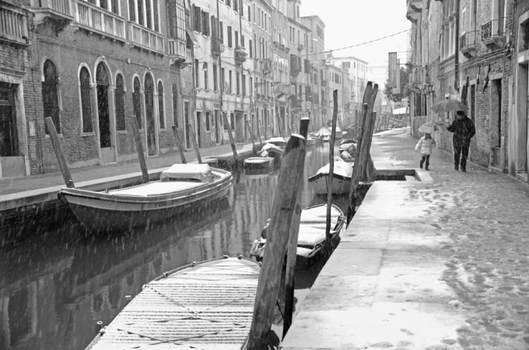
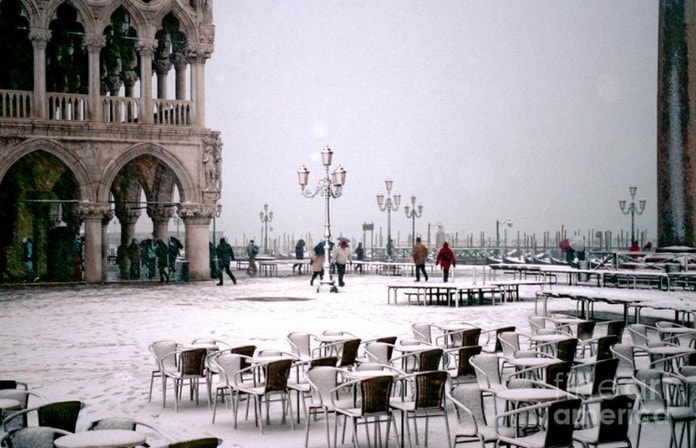

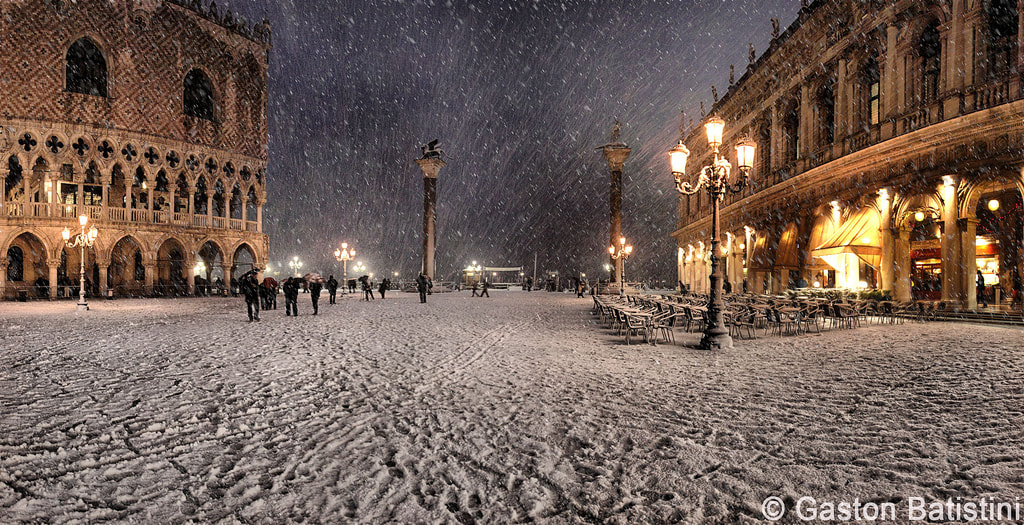
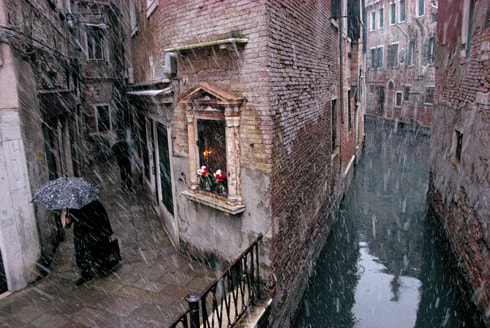
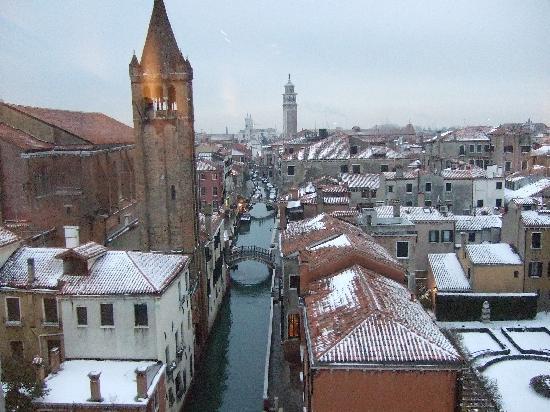
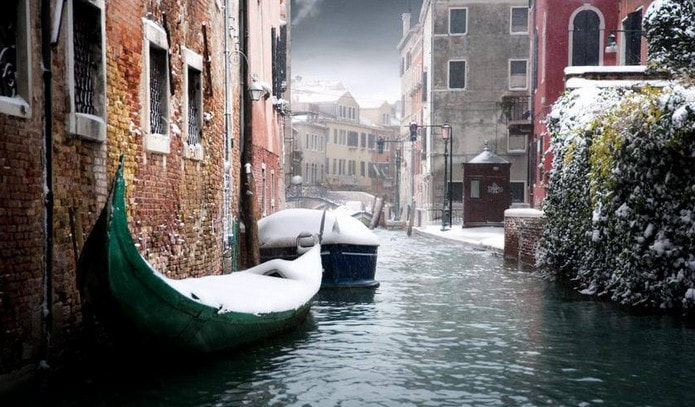
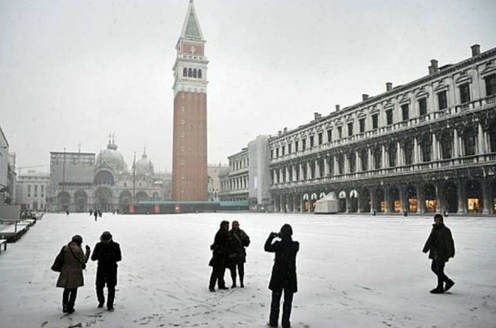
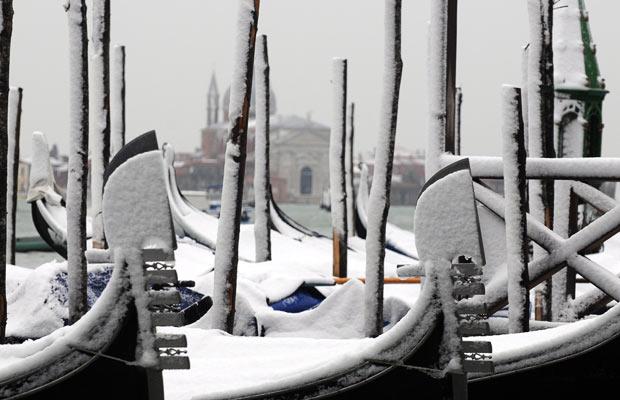
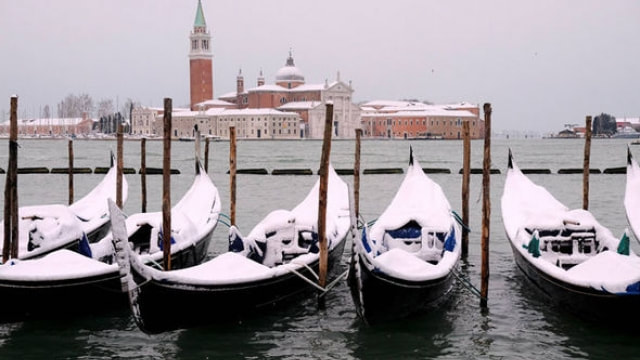
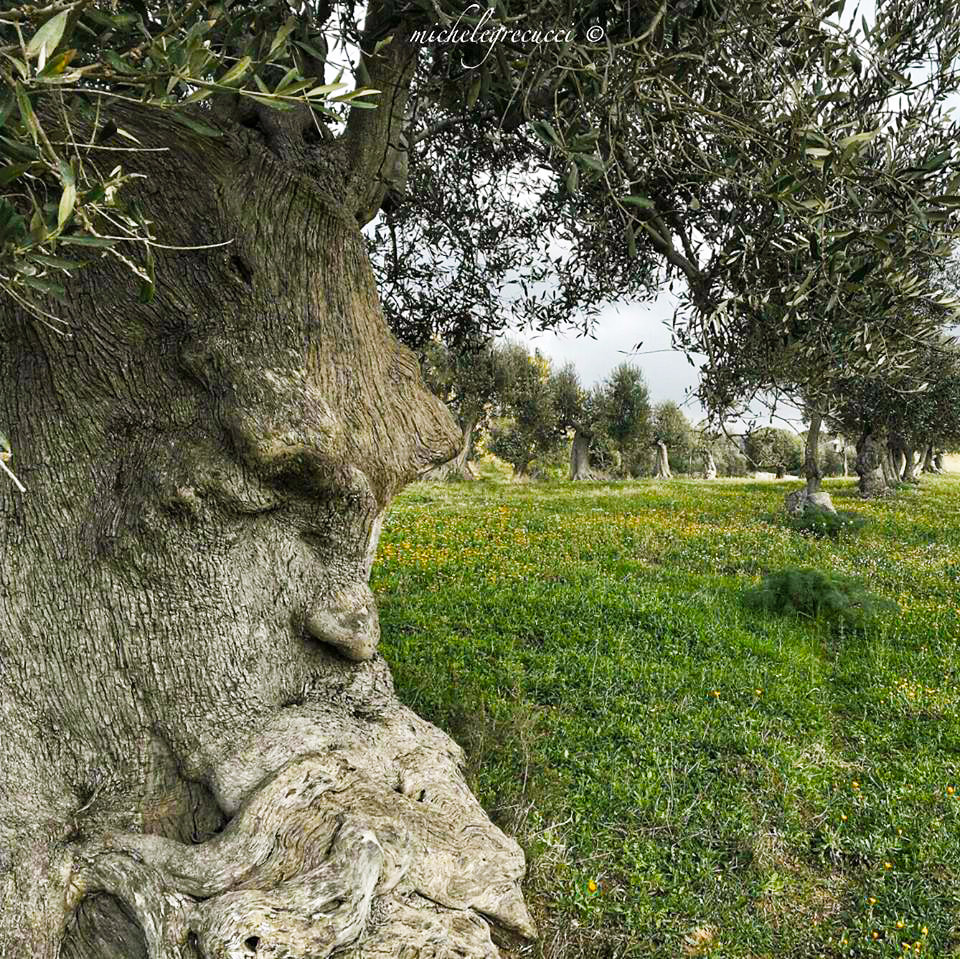
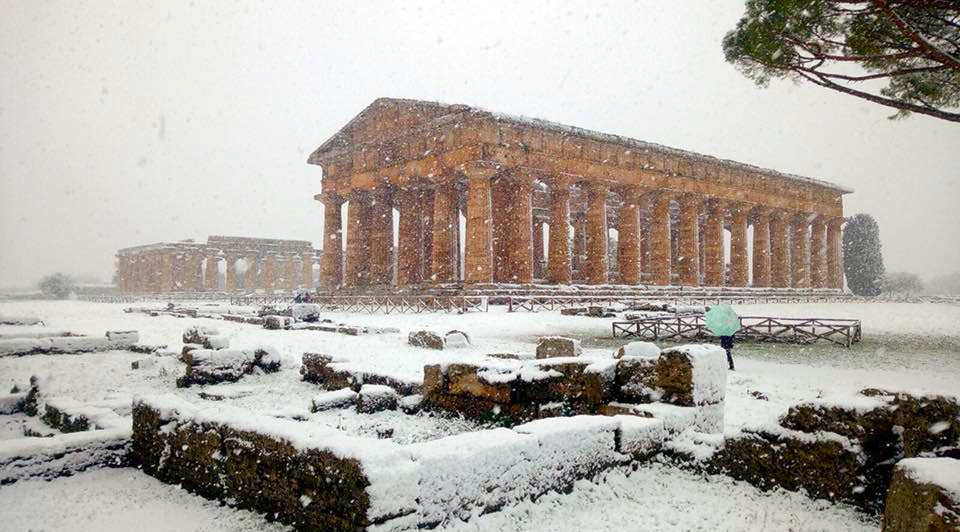
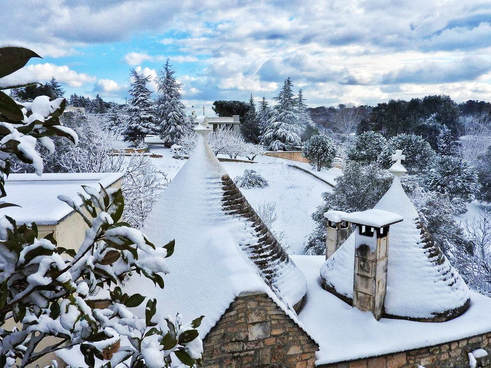
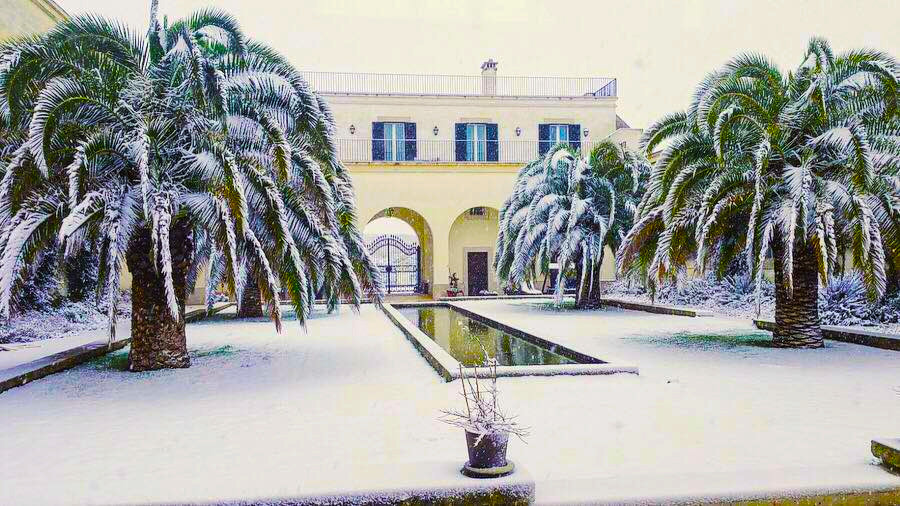
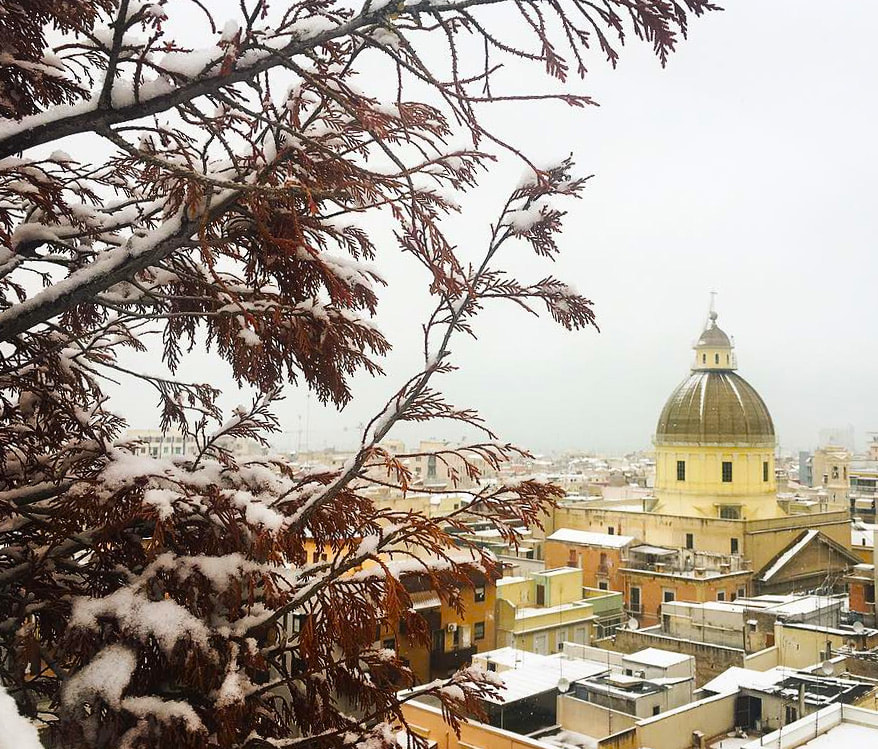
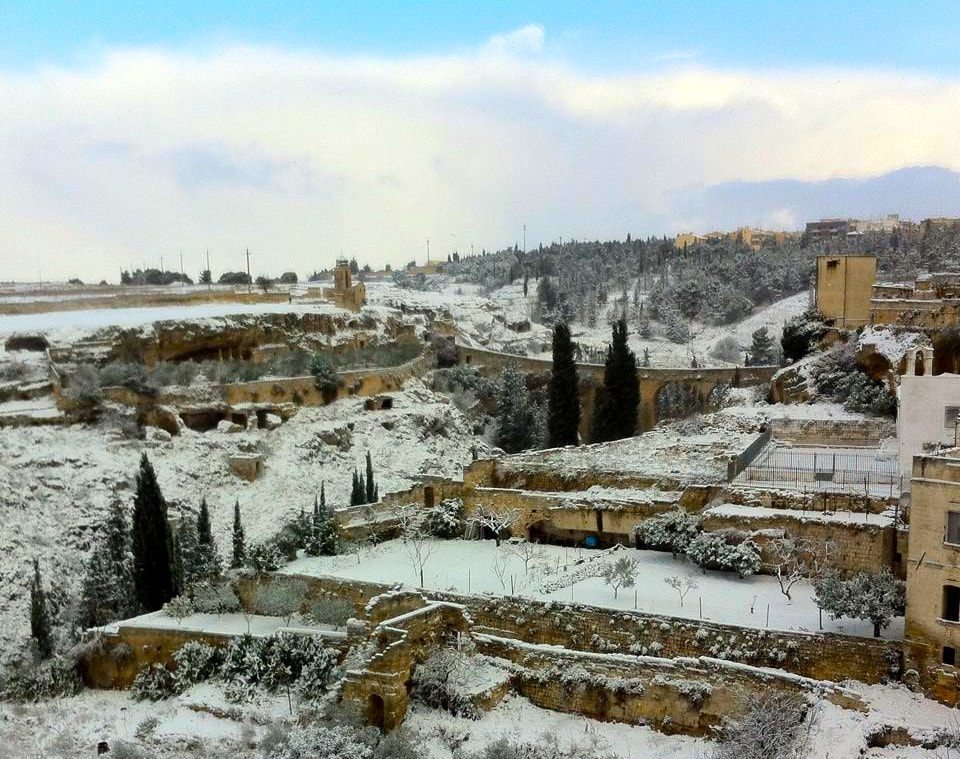
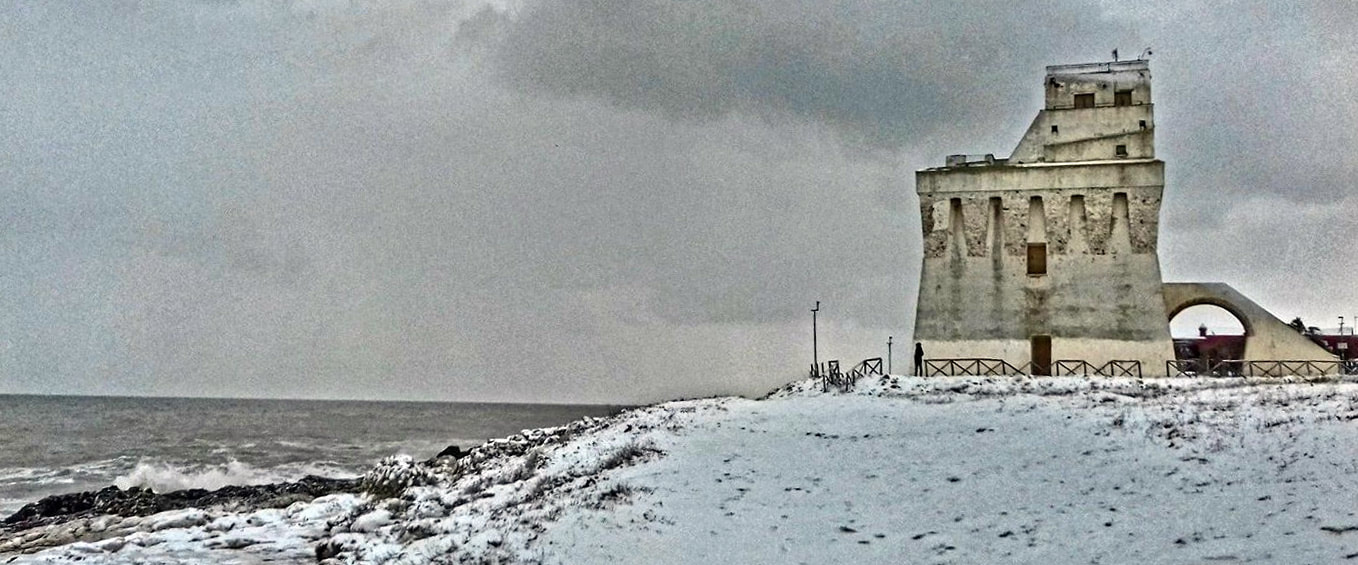
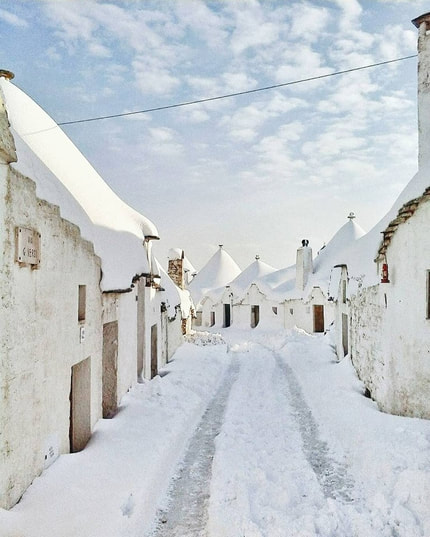
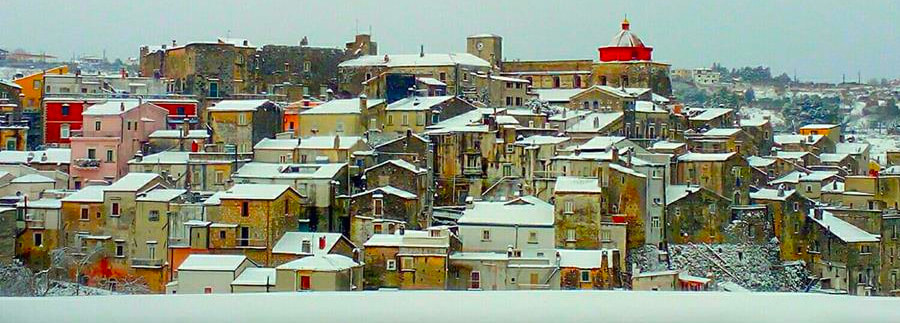

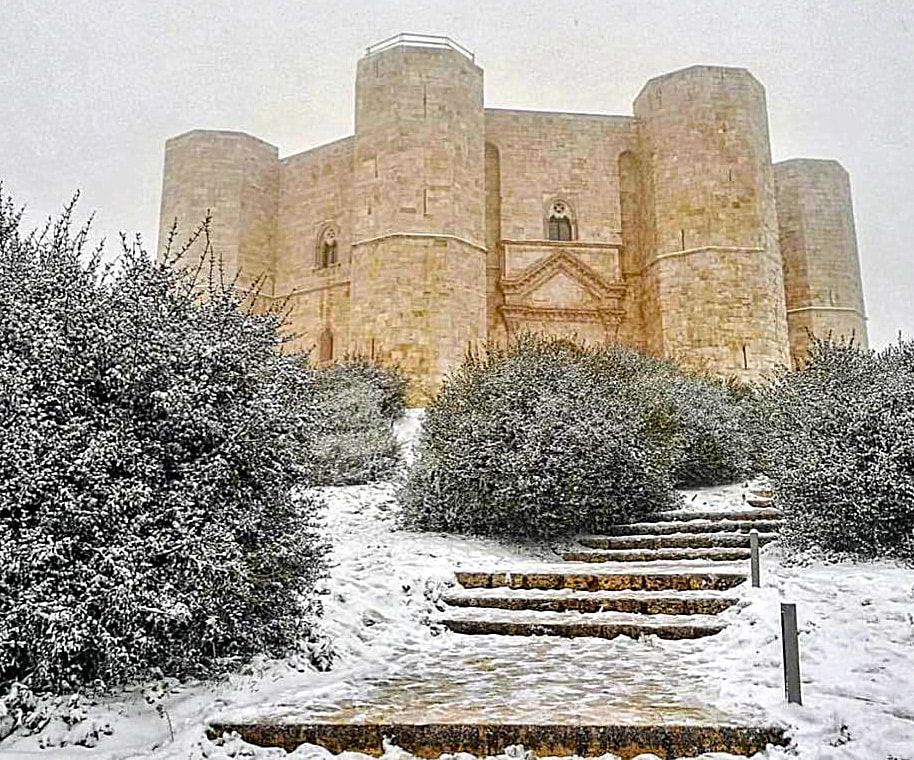

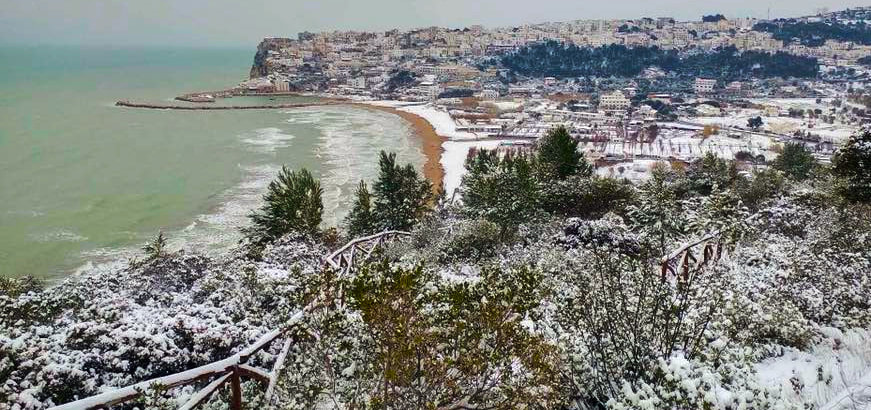
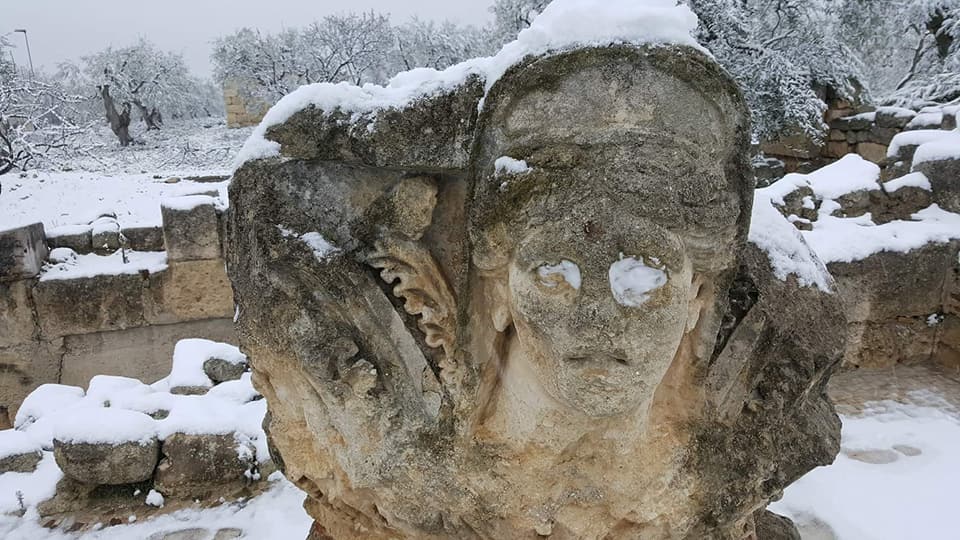
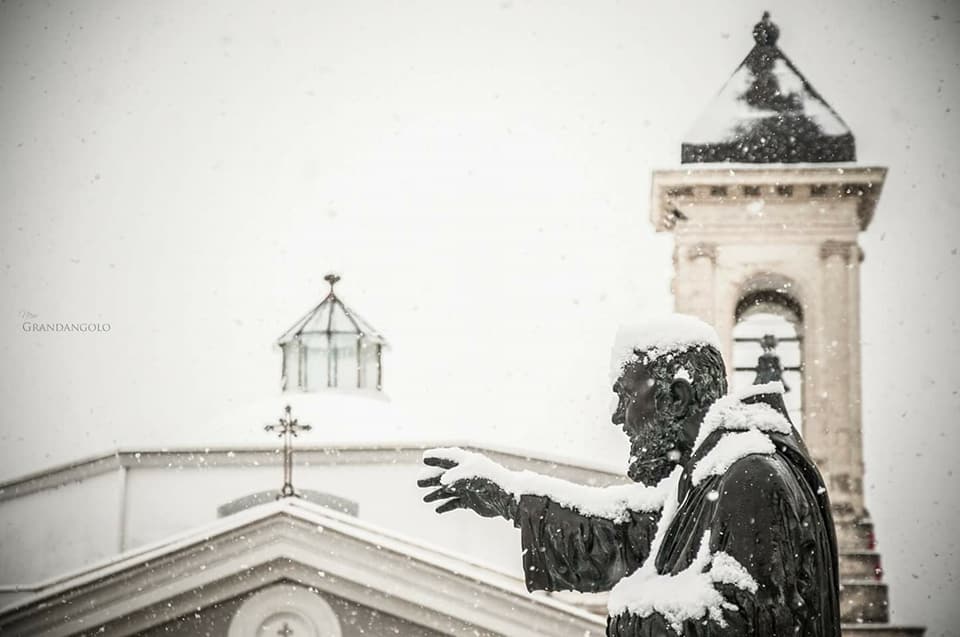
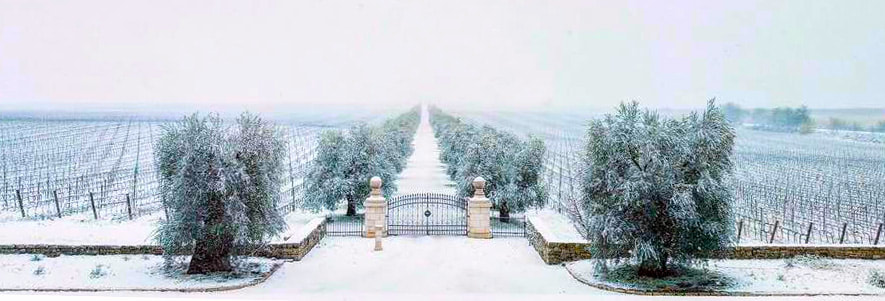

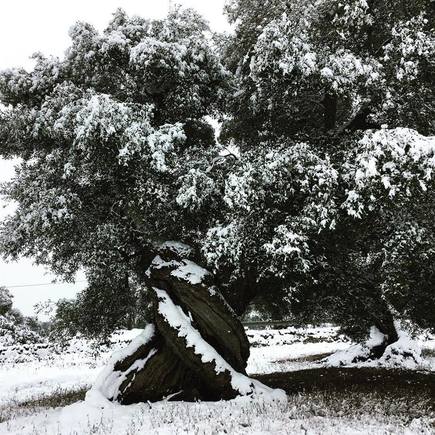
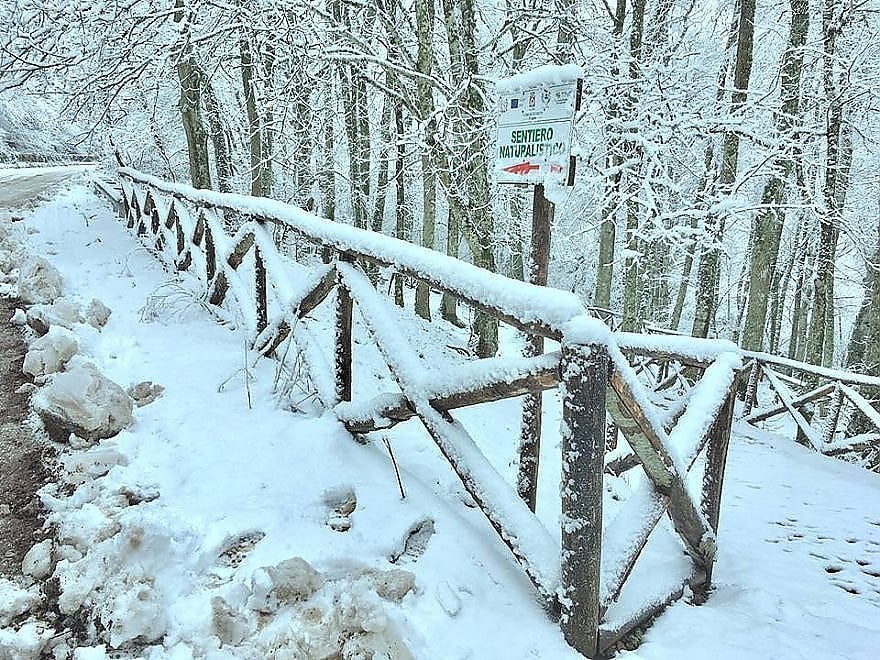
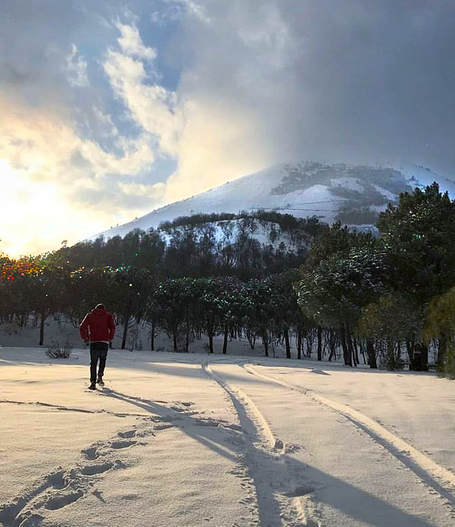
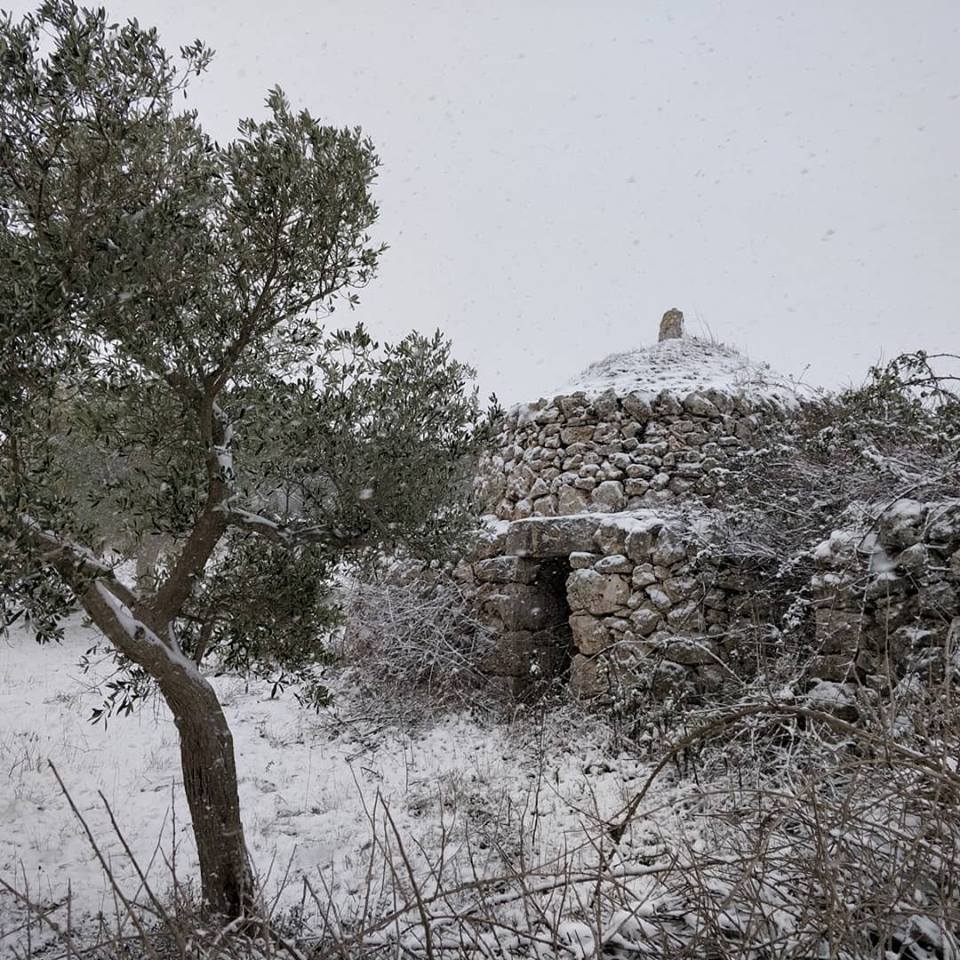
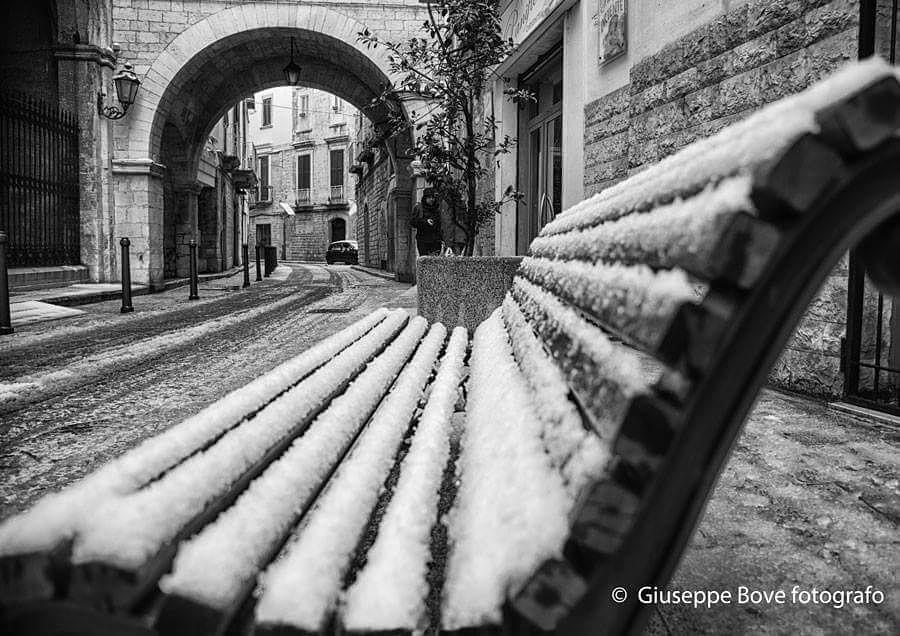
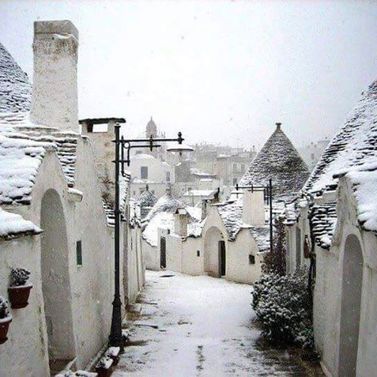
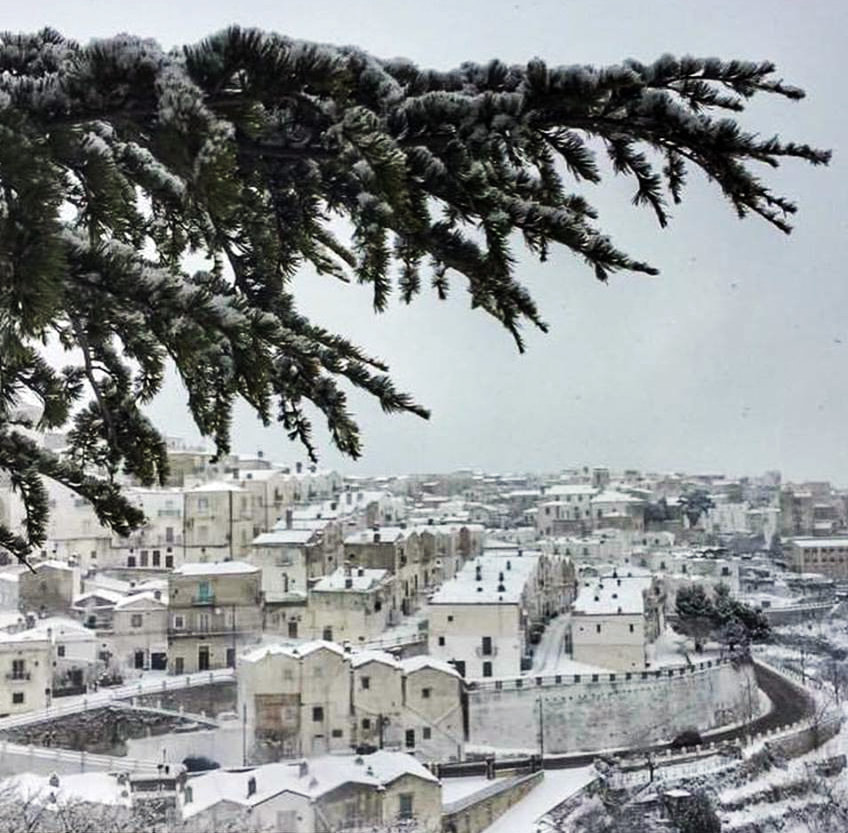
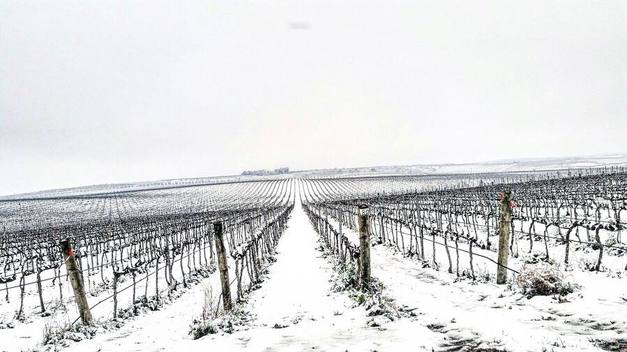
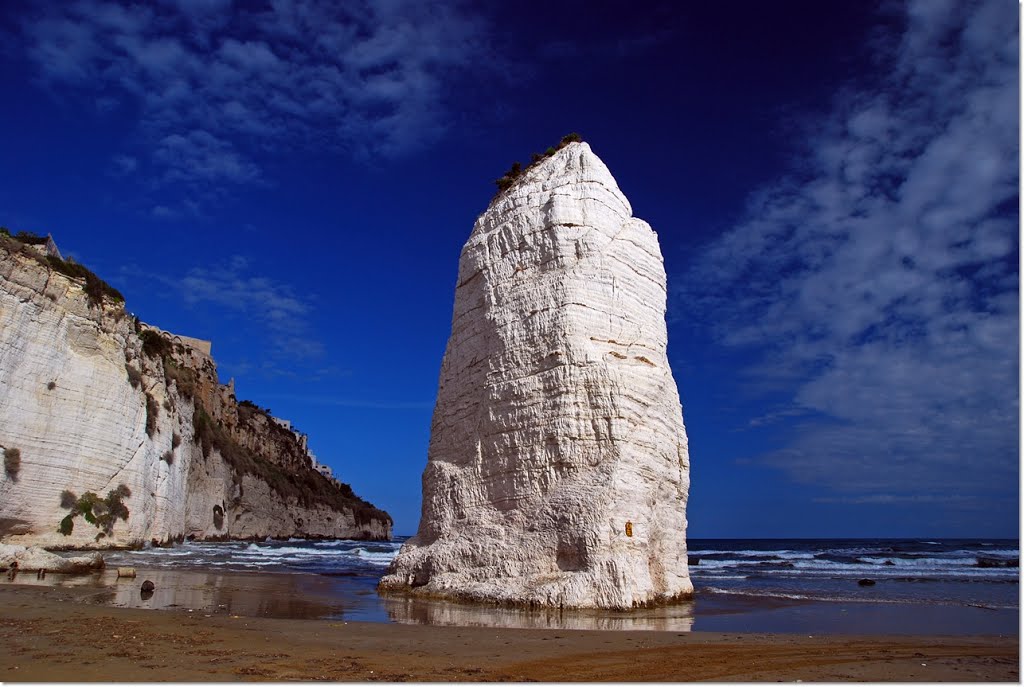
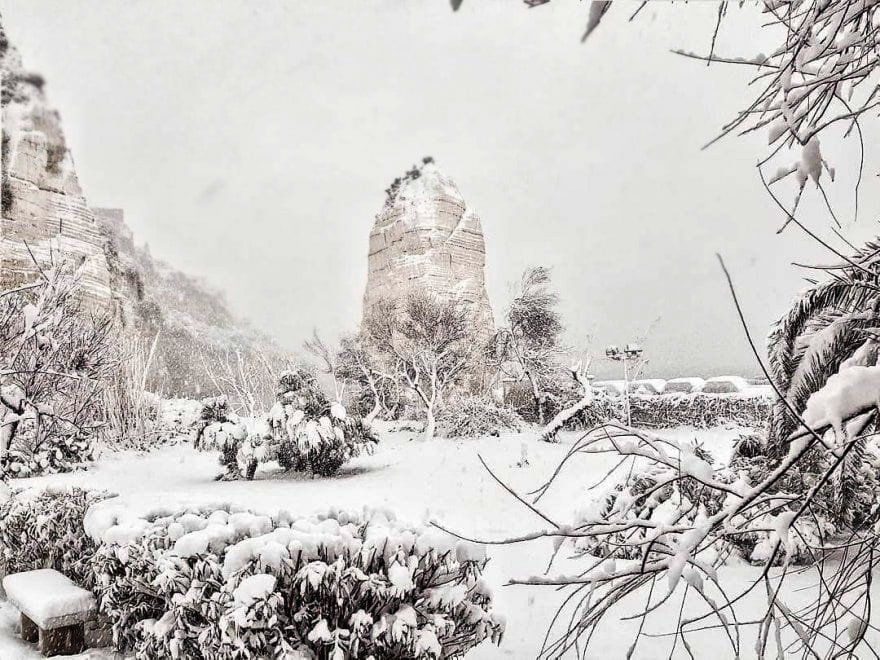

 RSS Feed
RSS Feed
